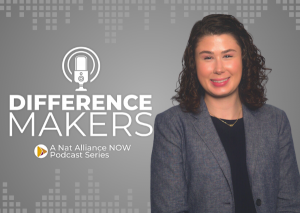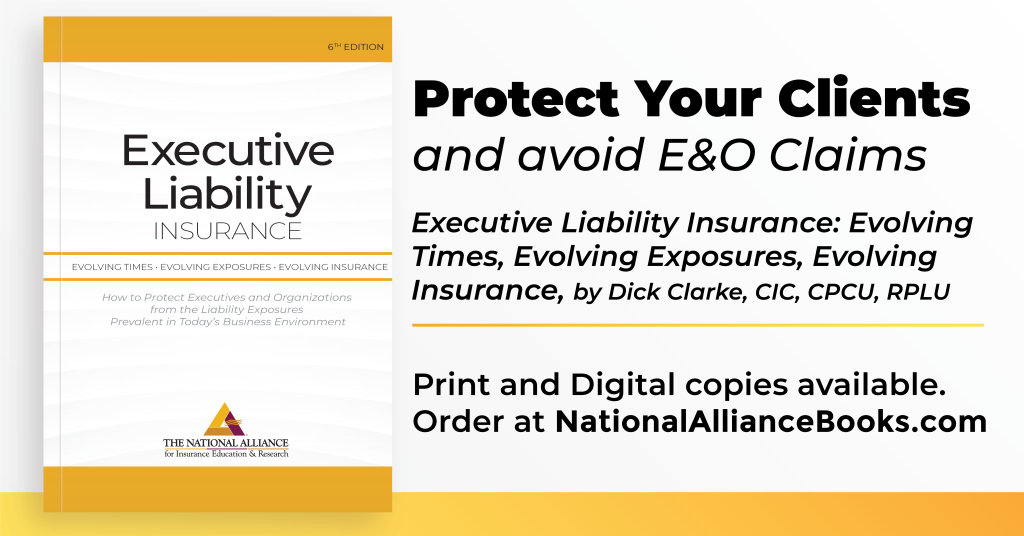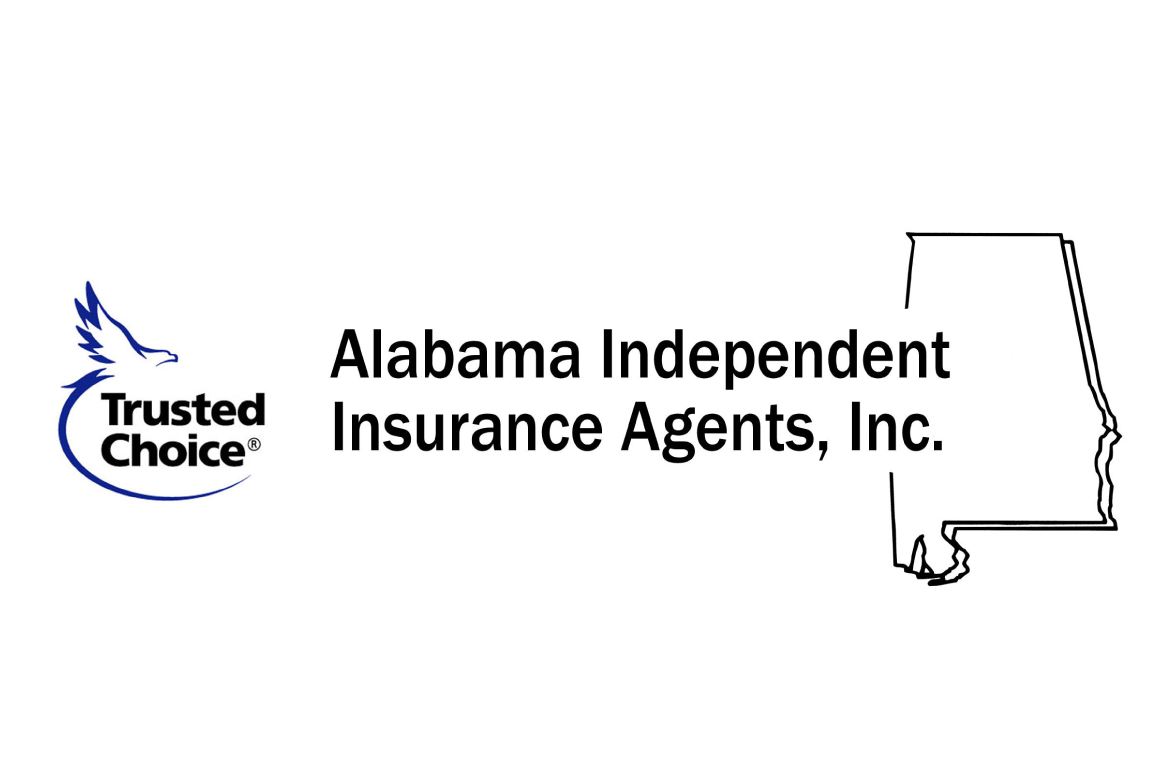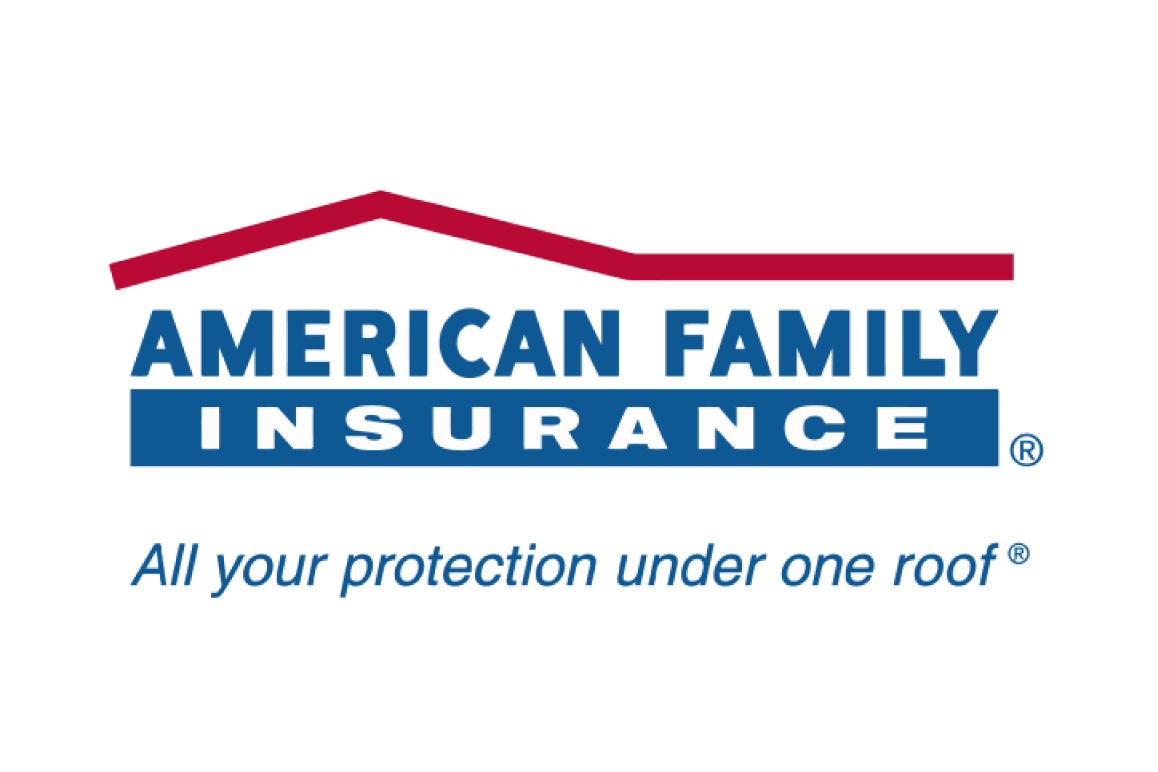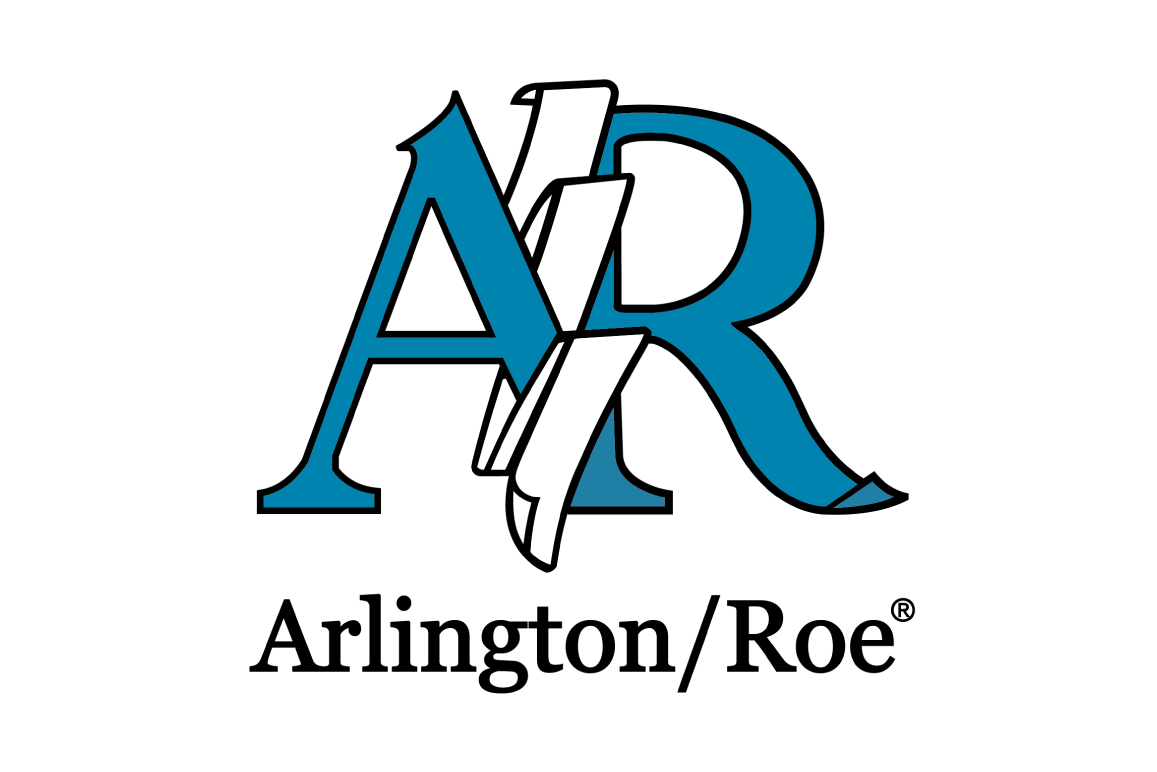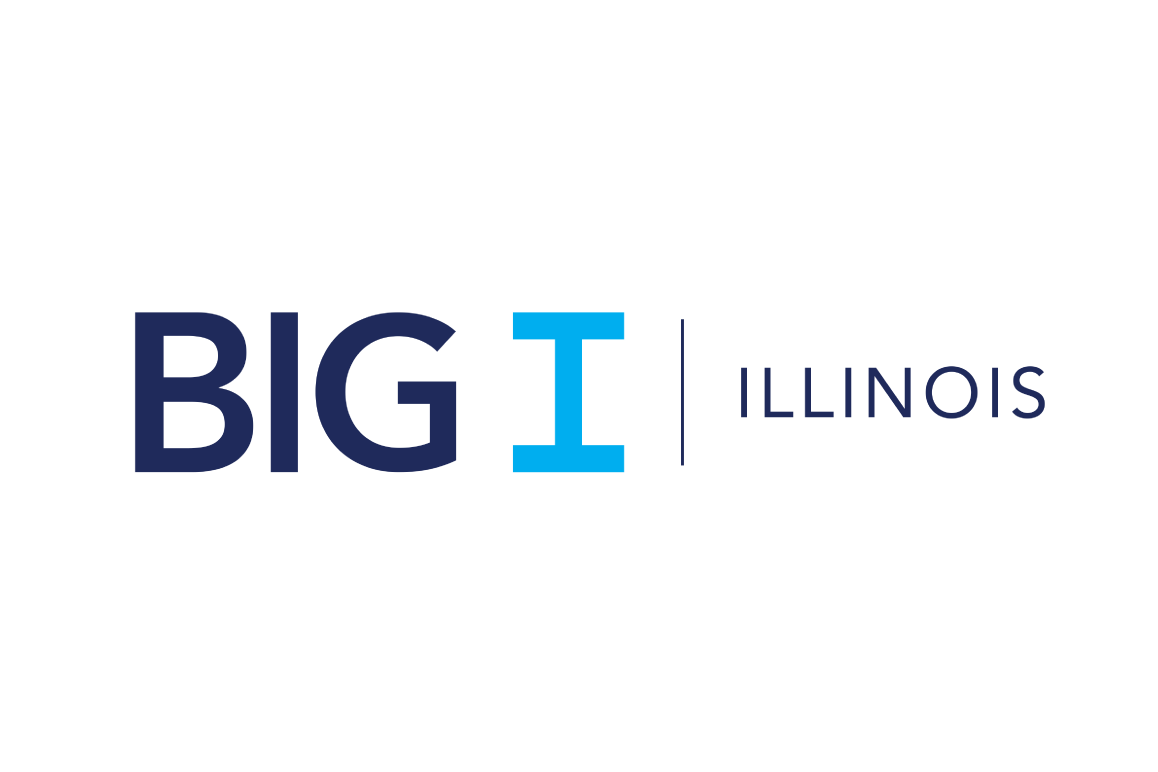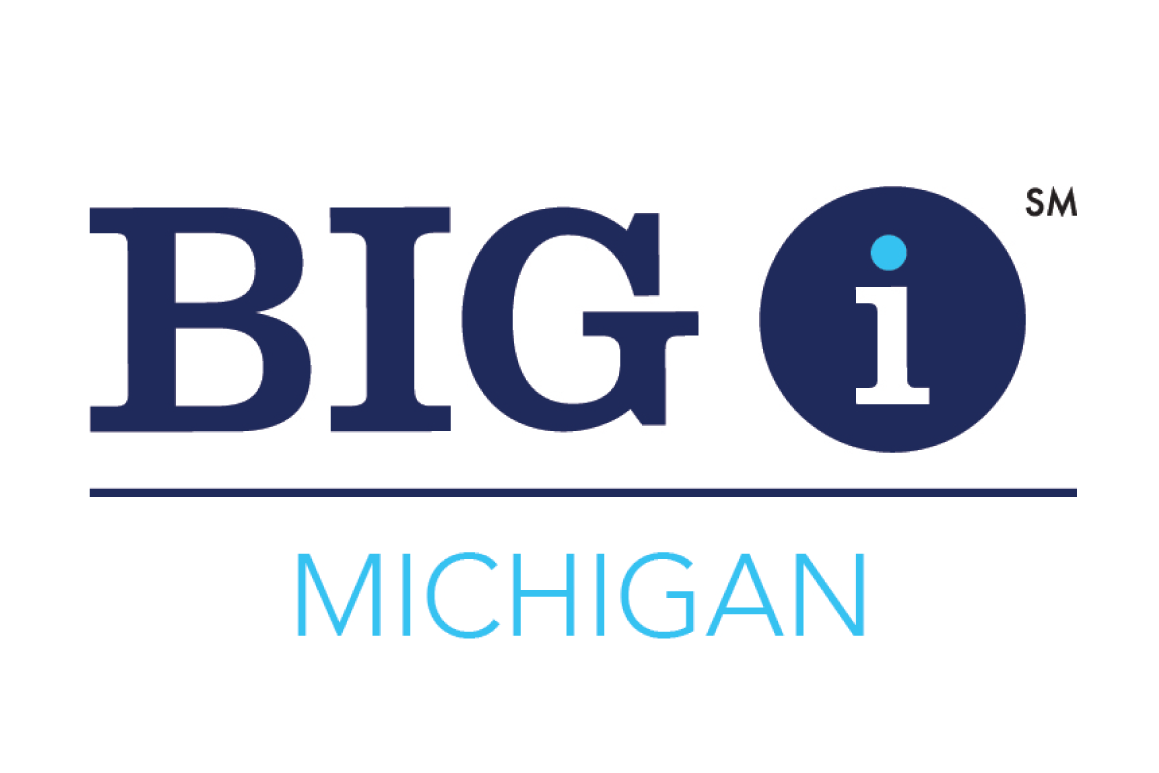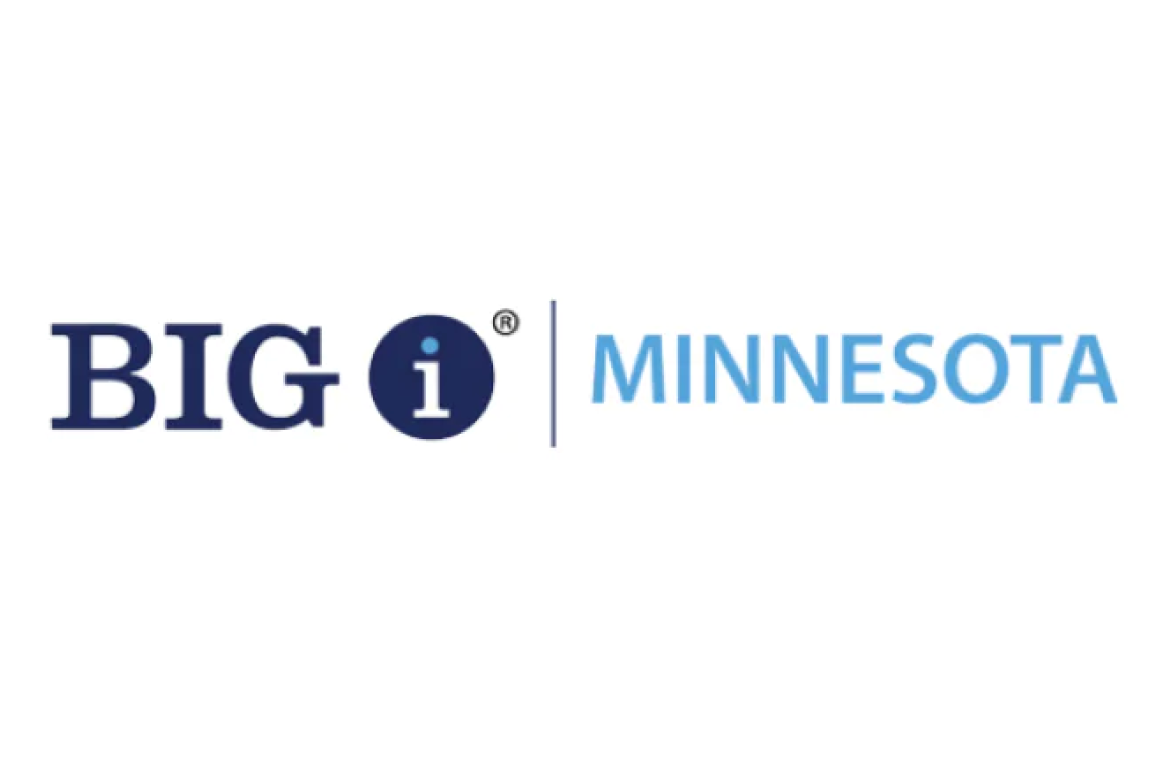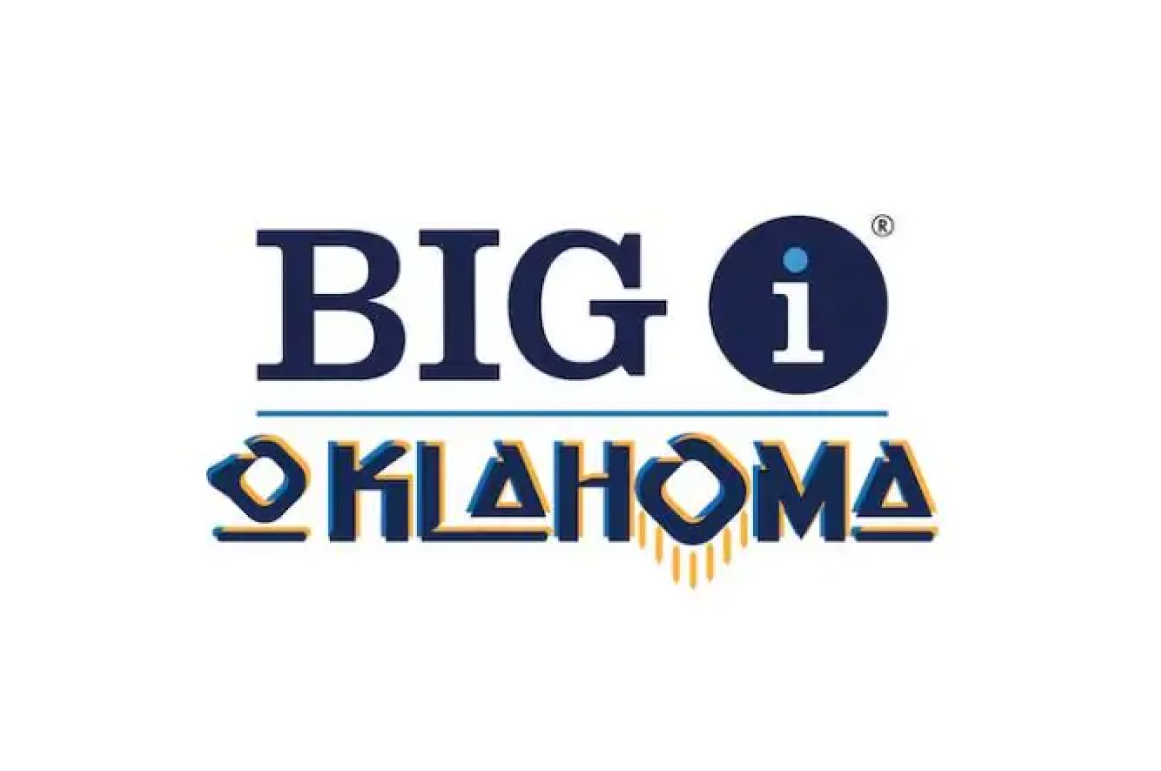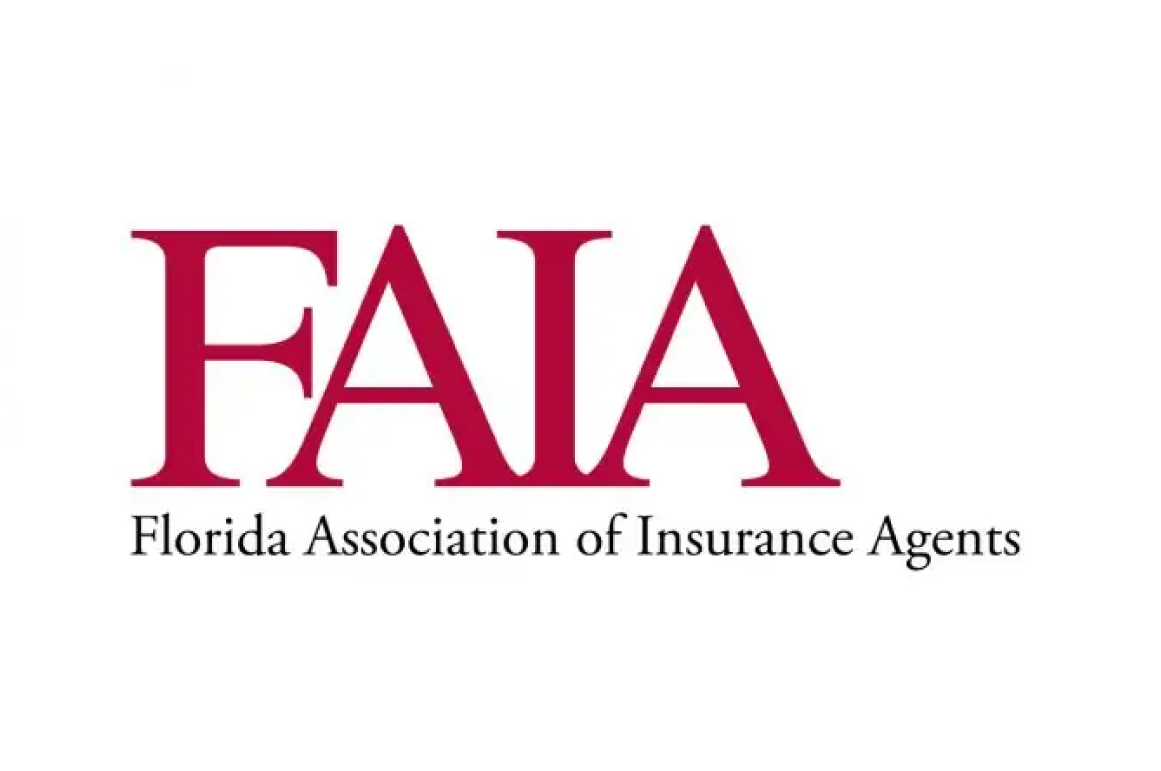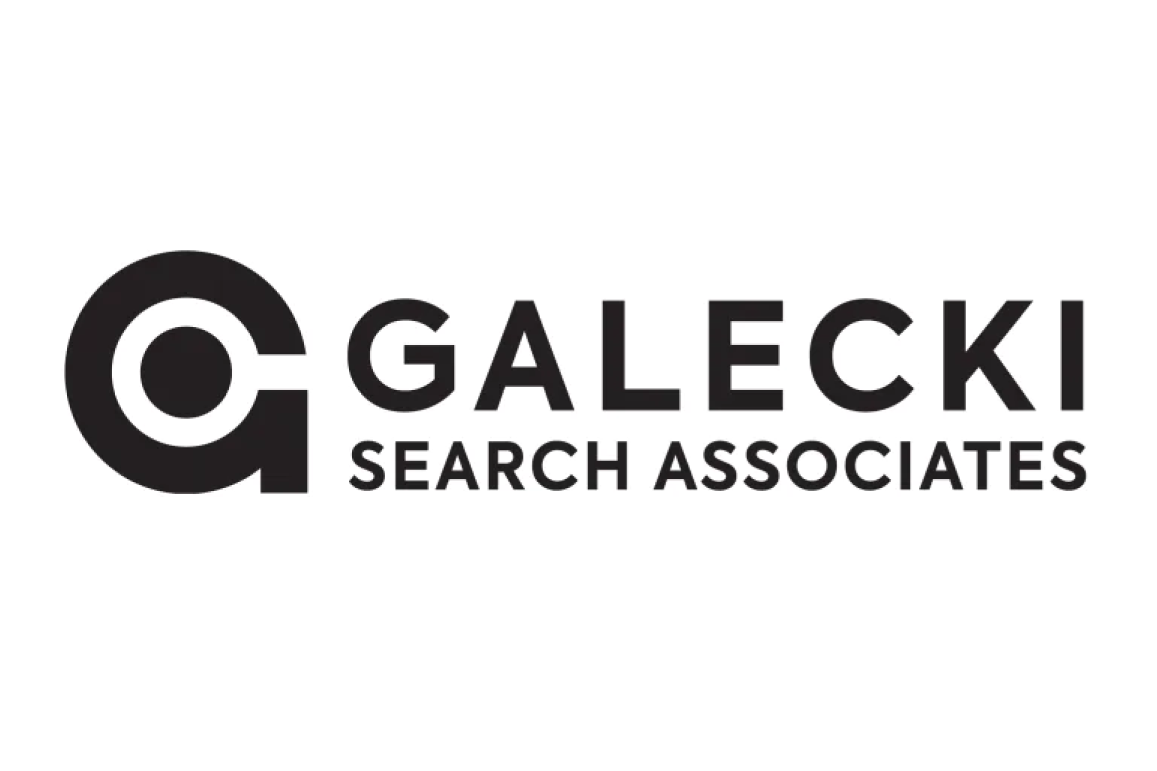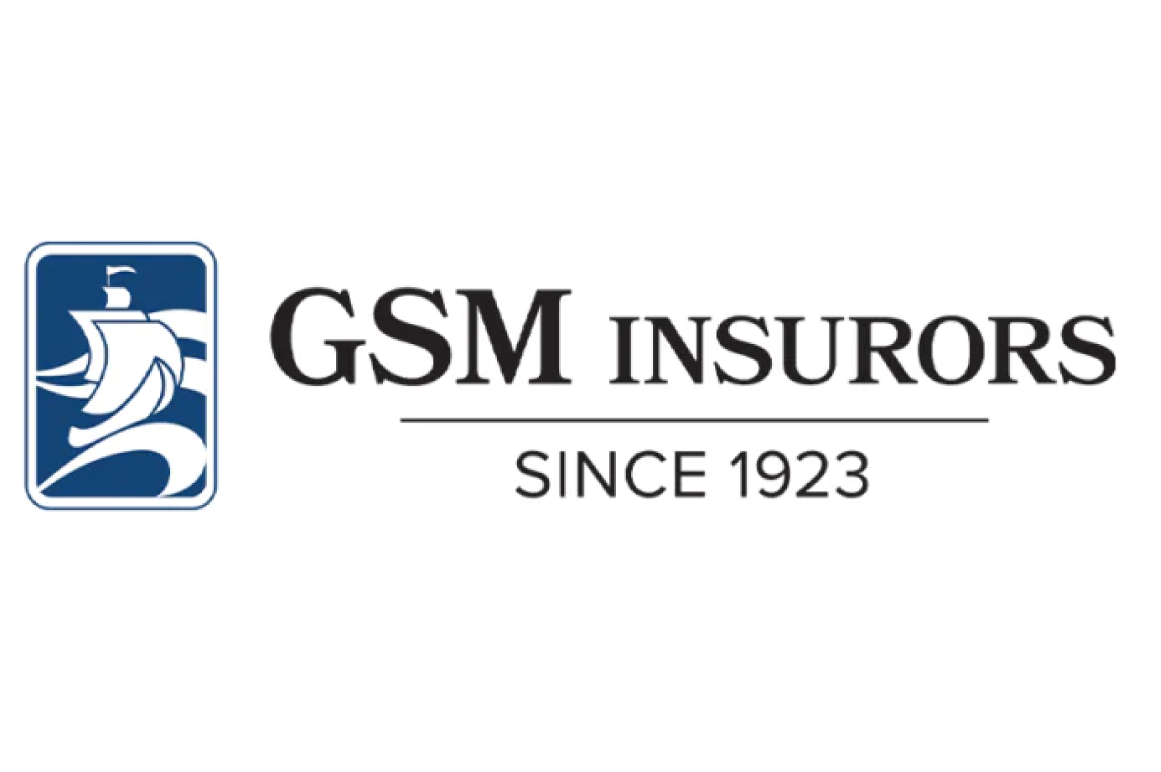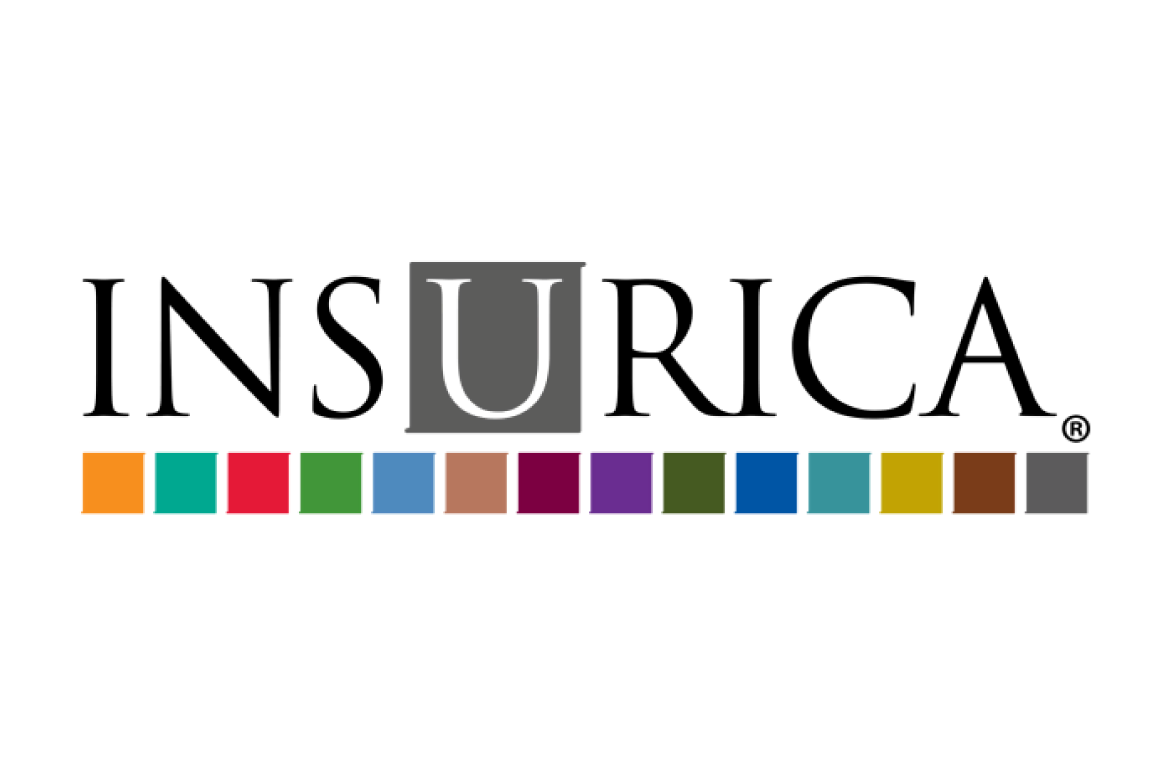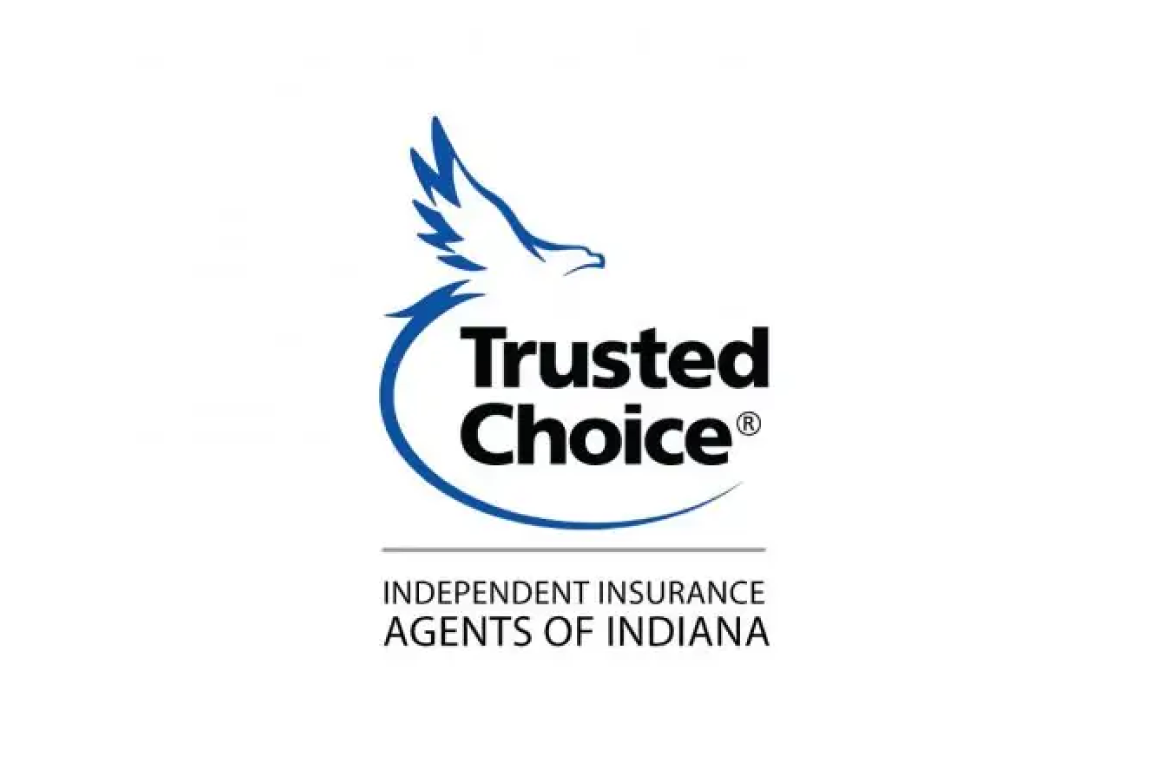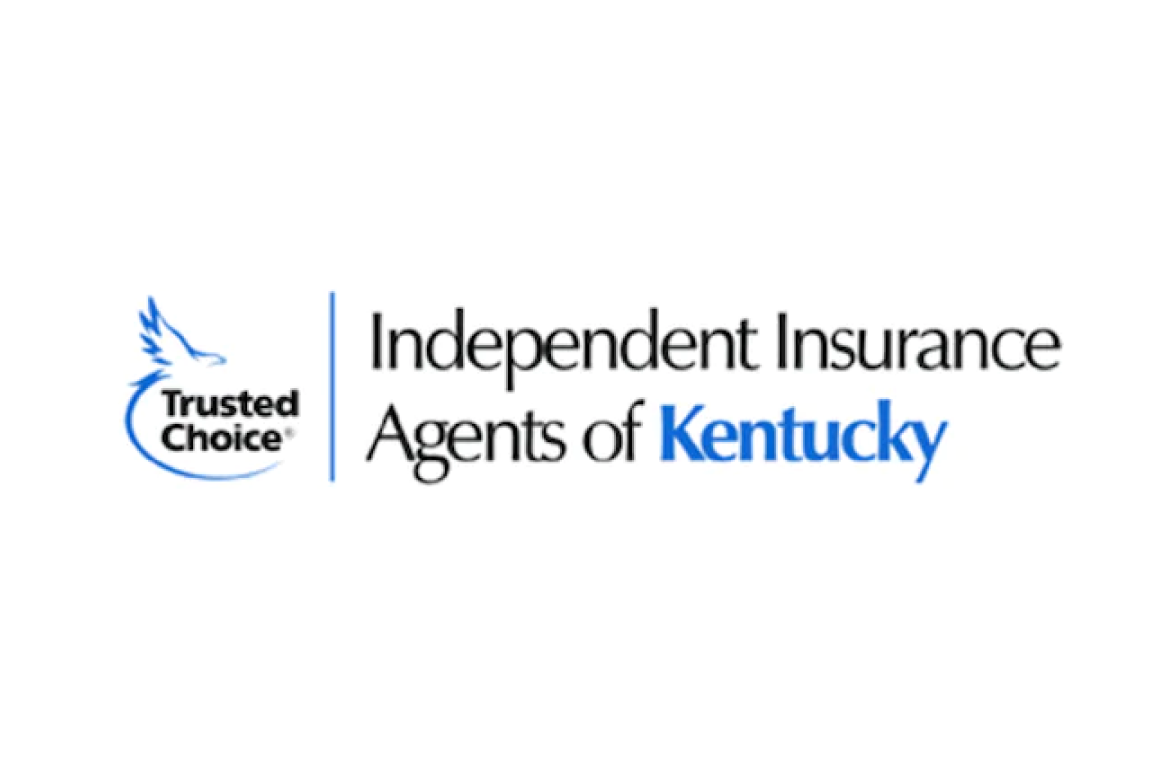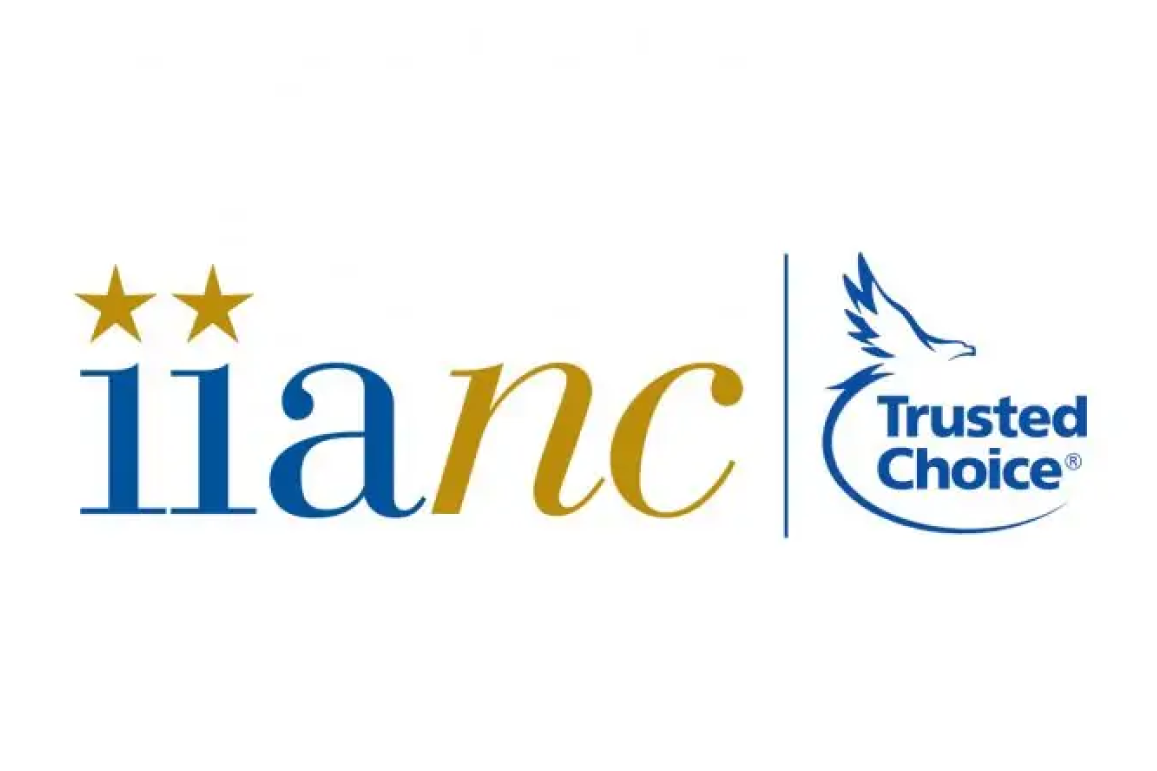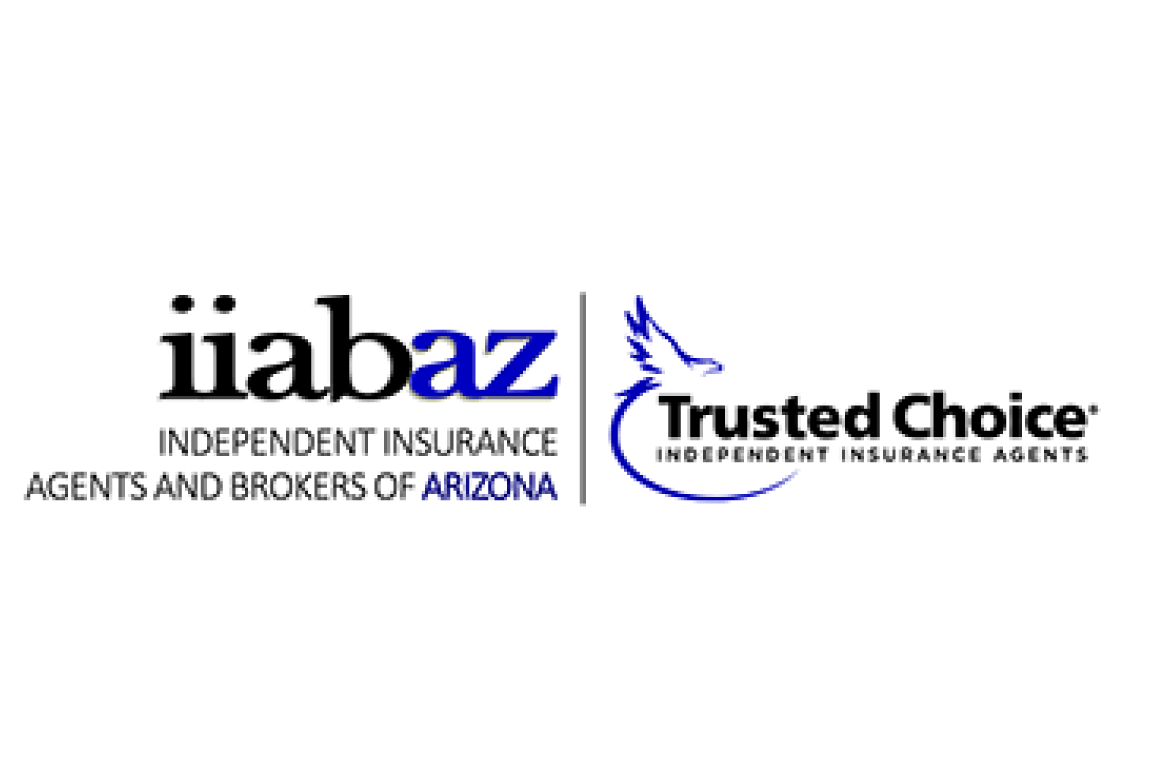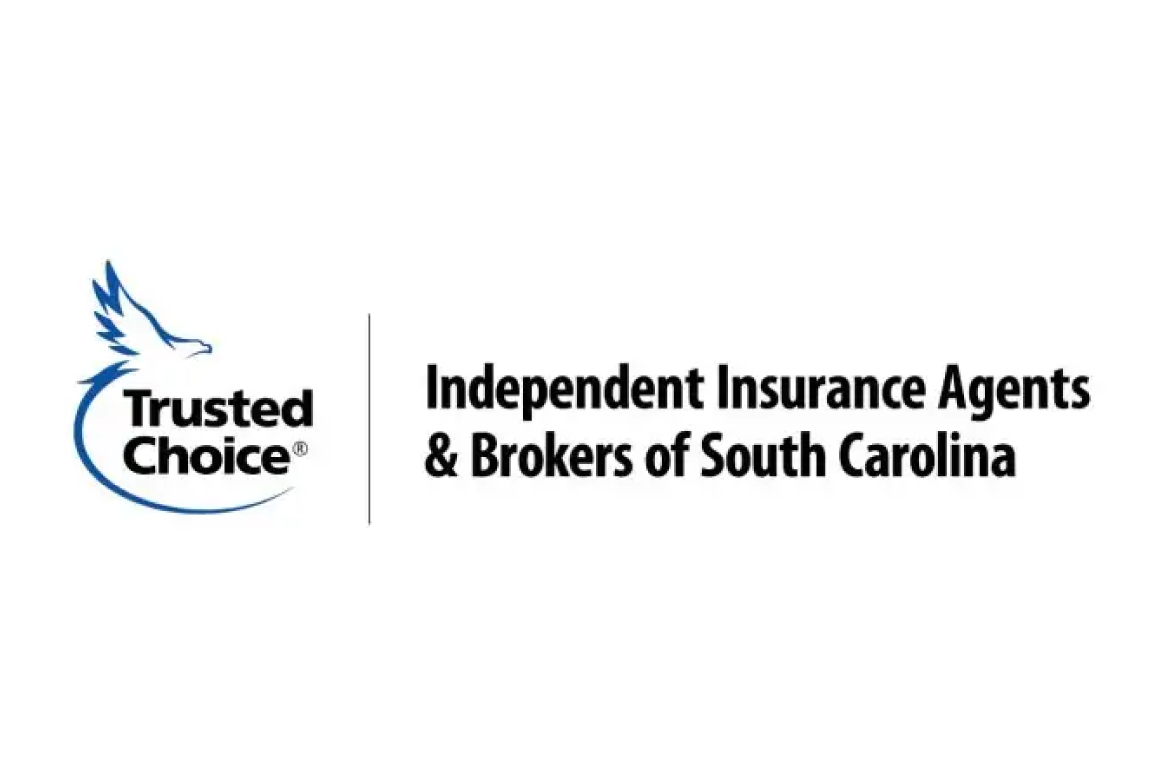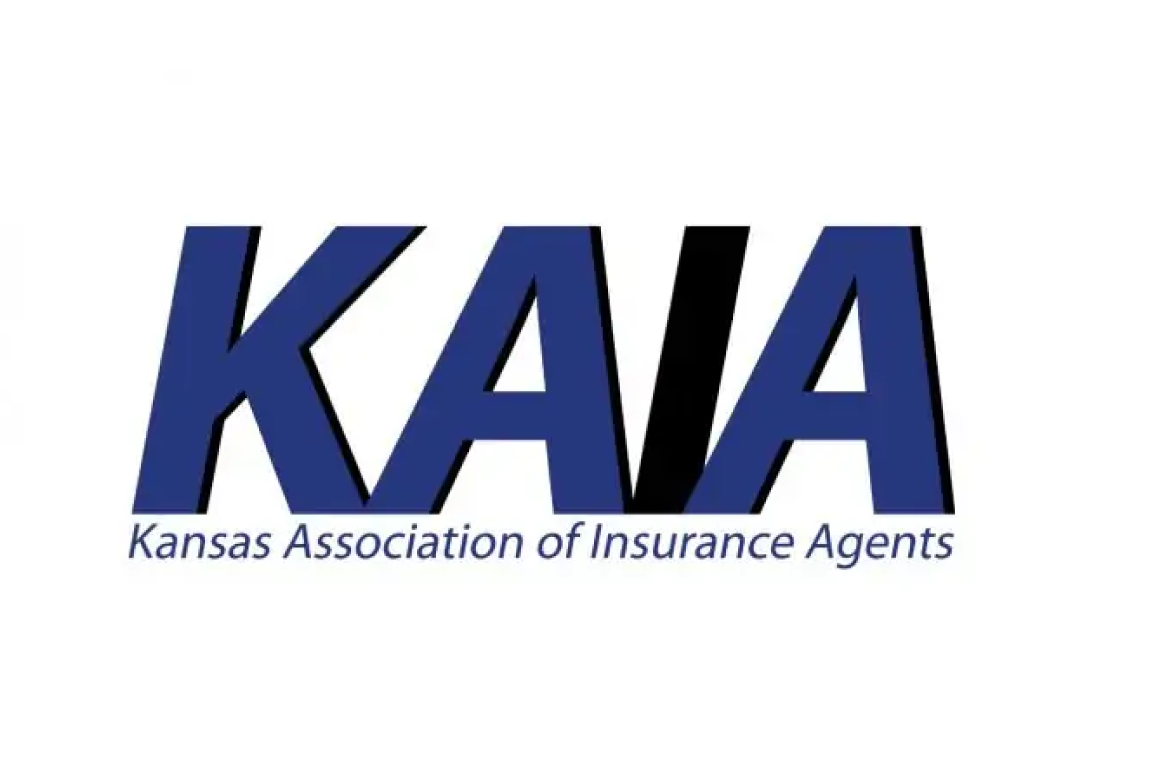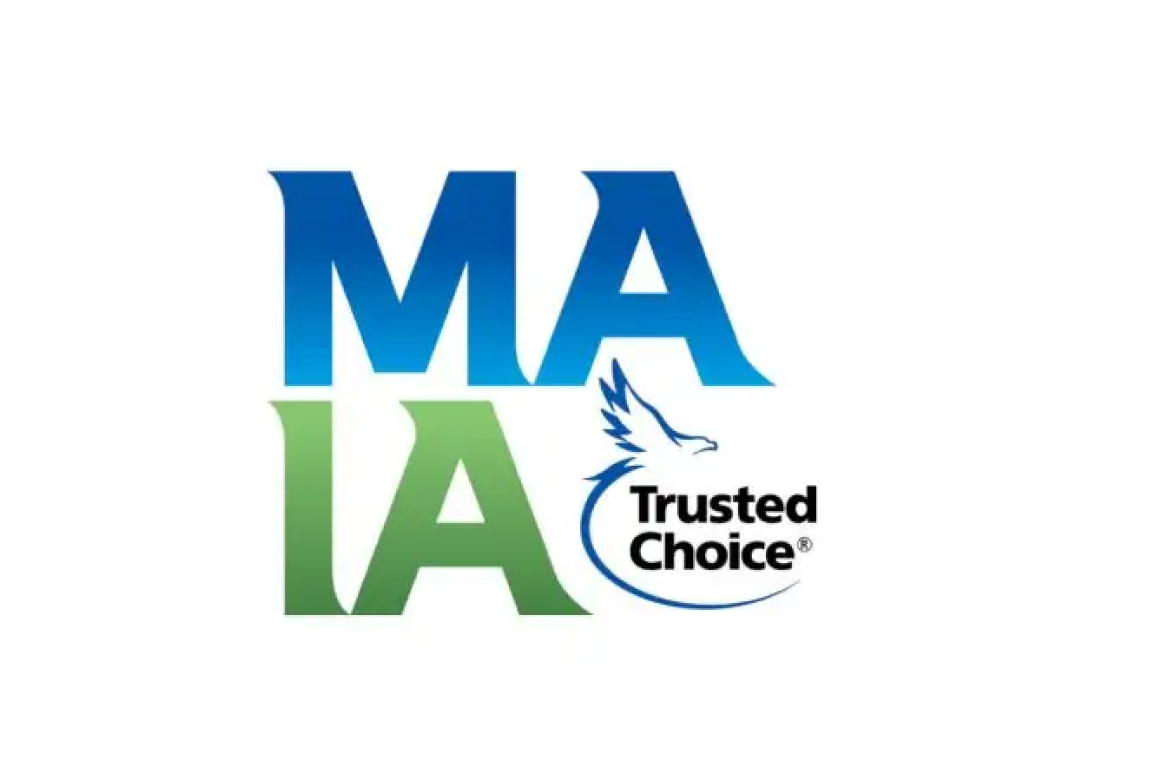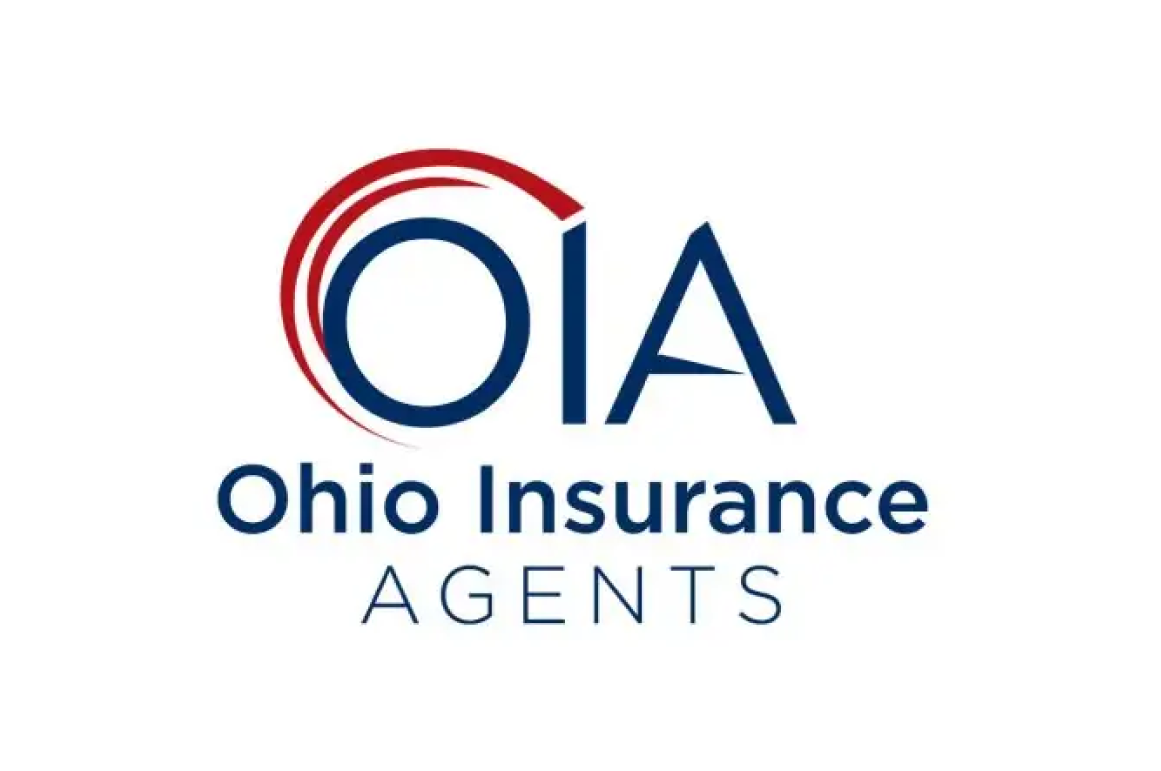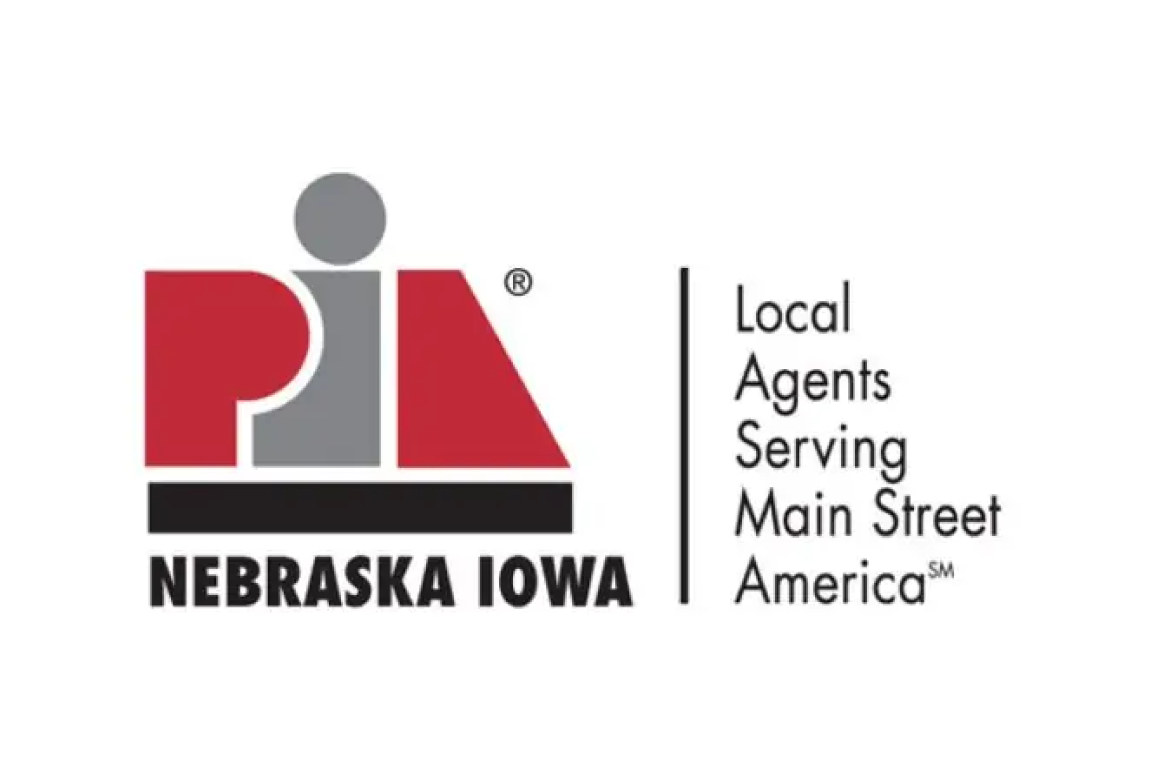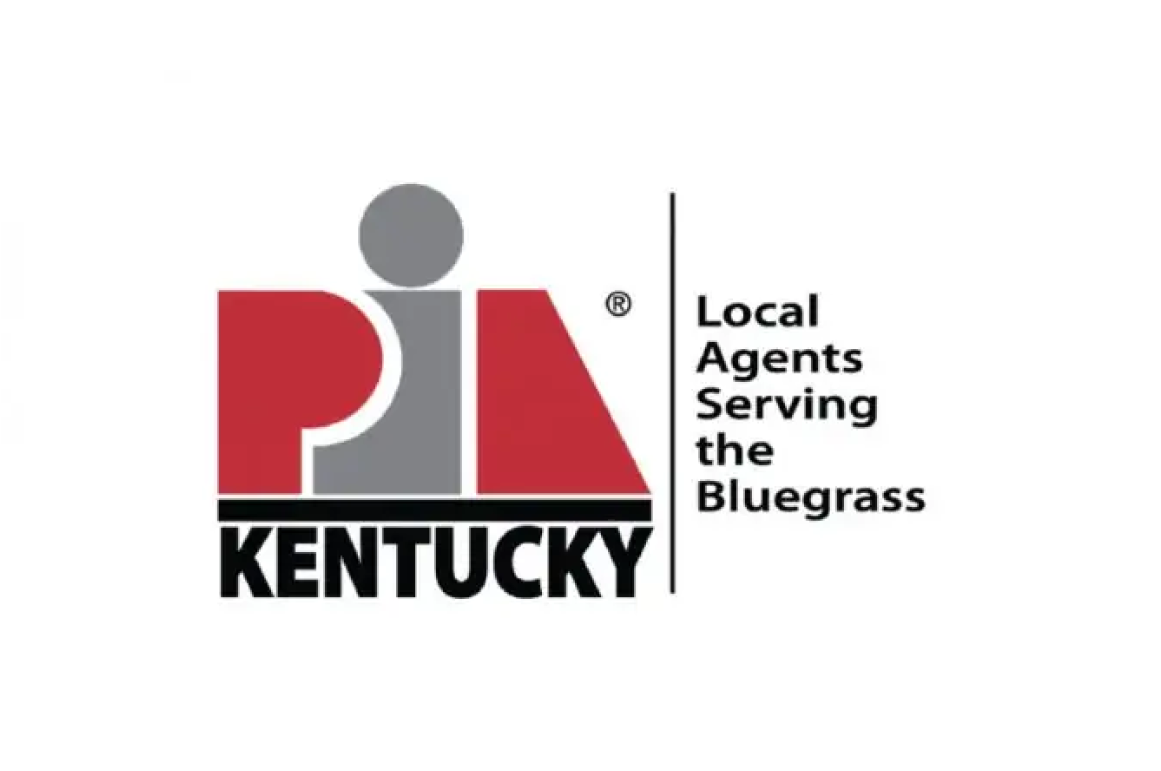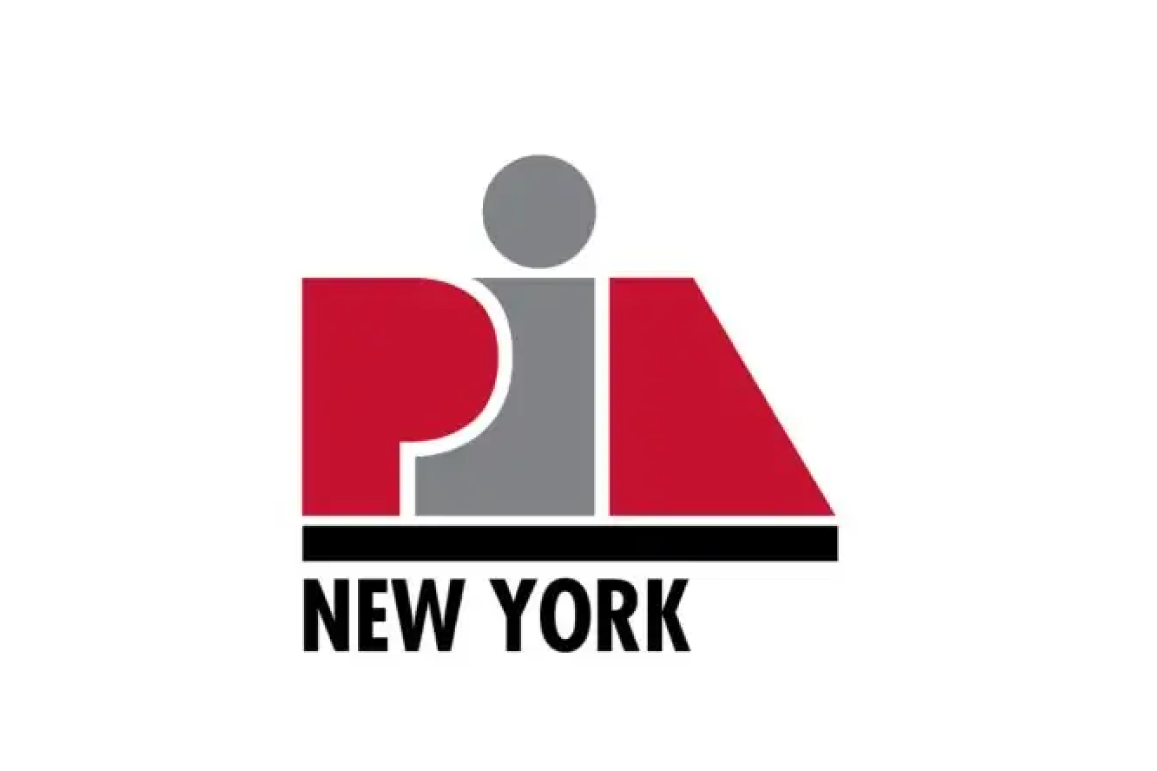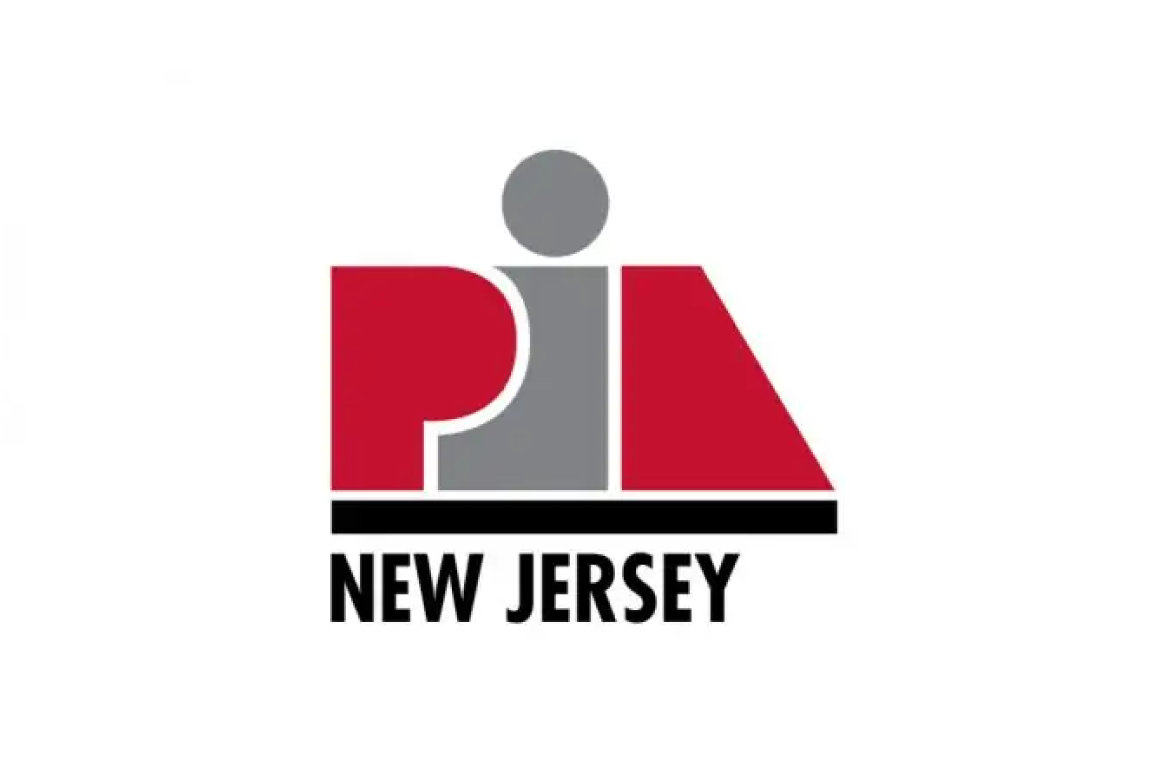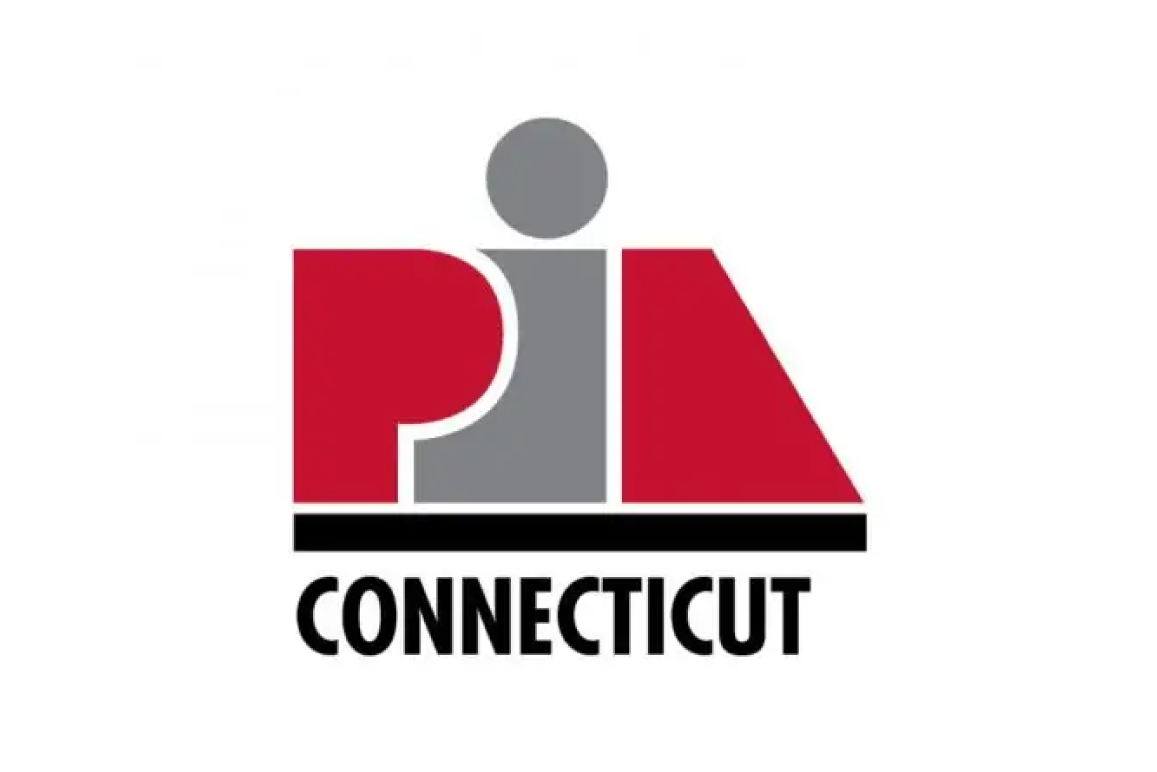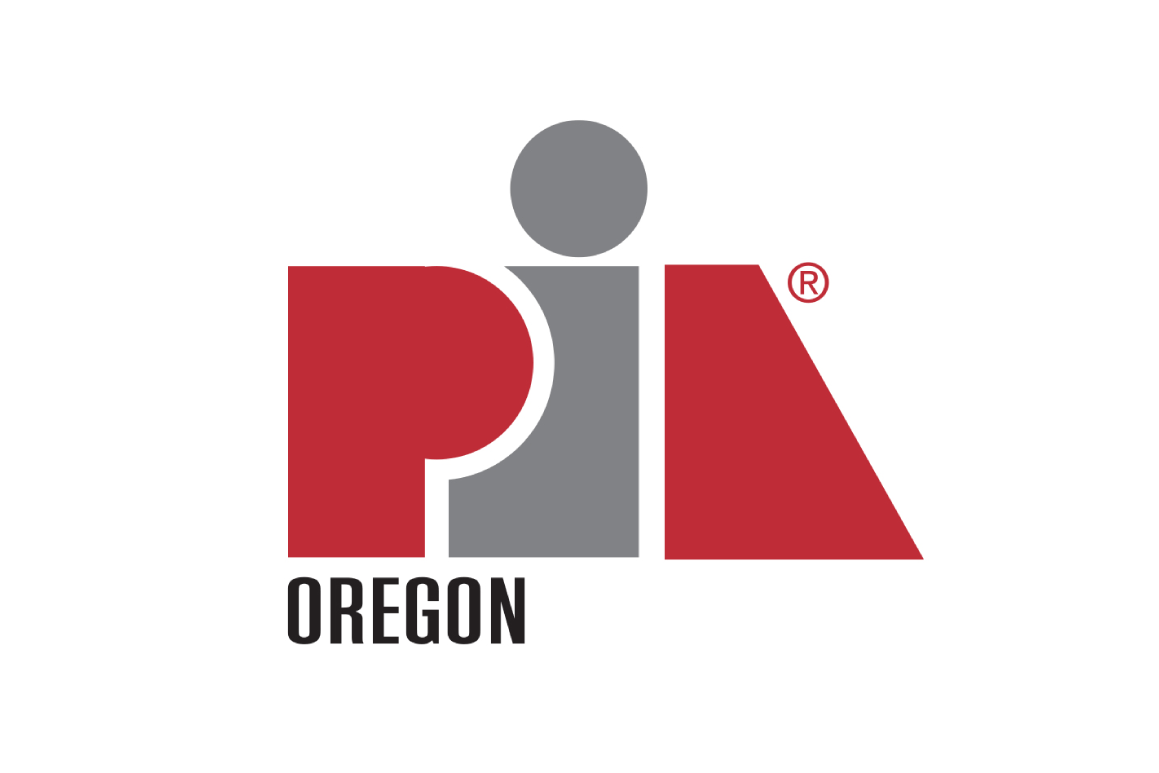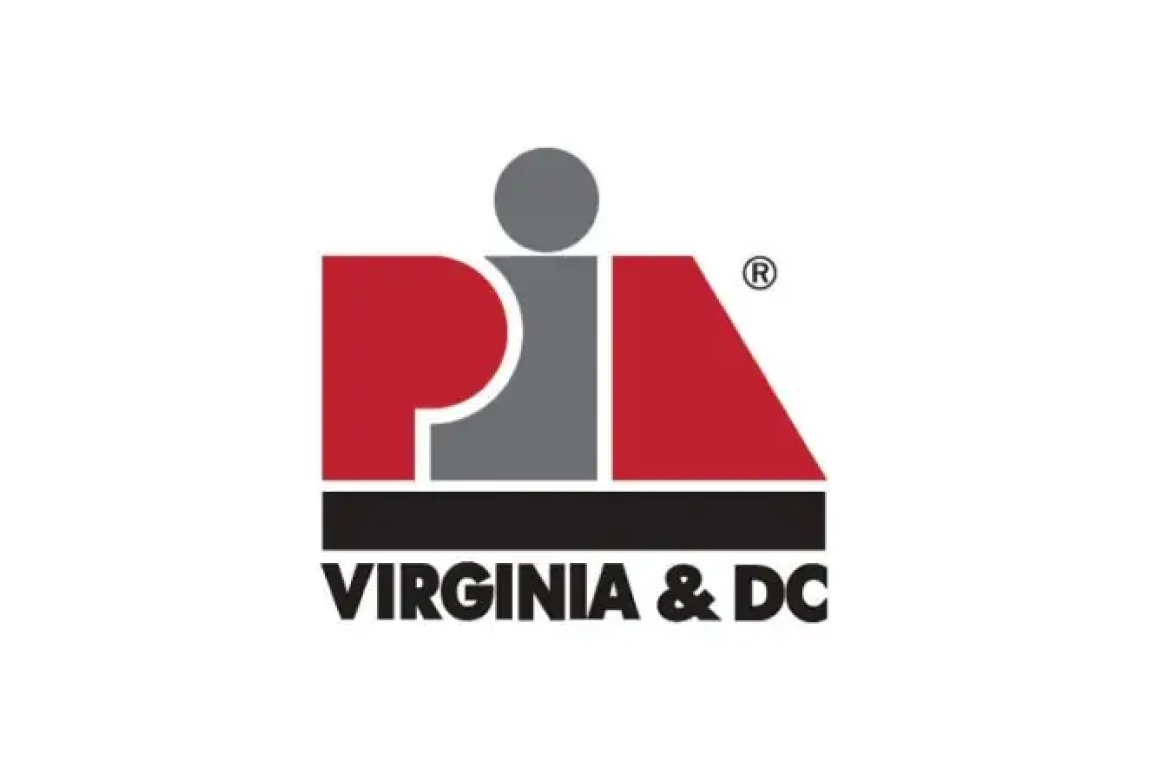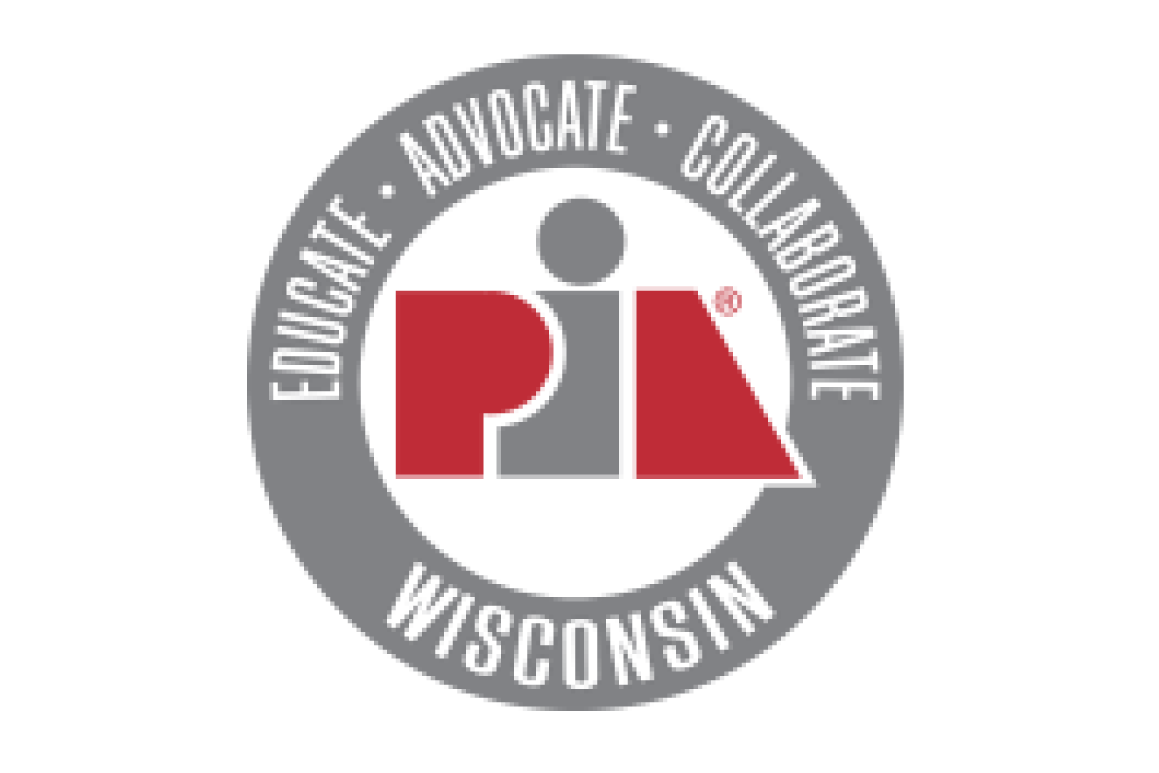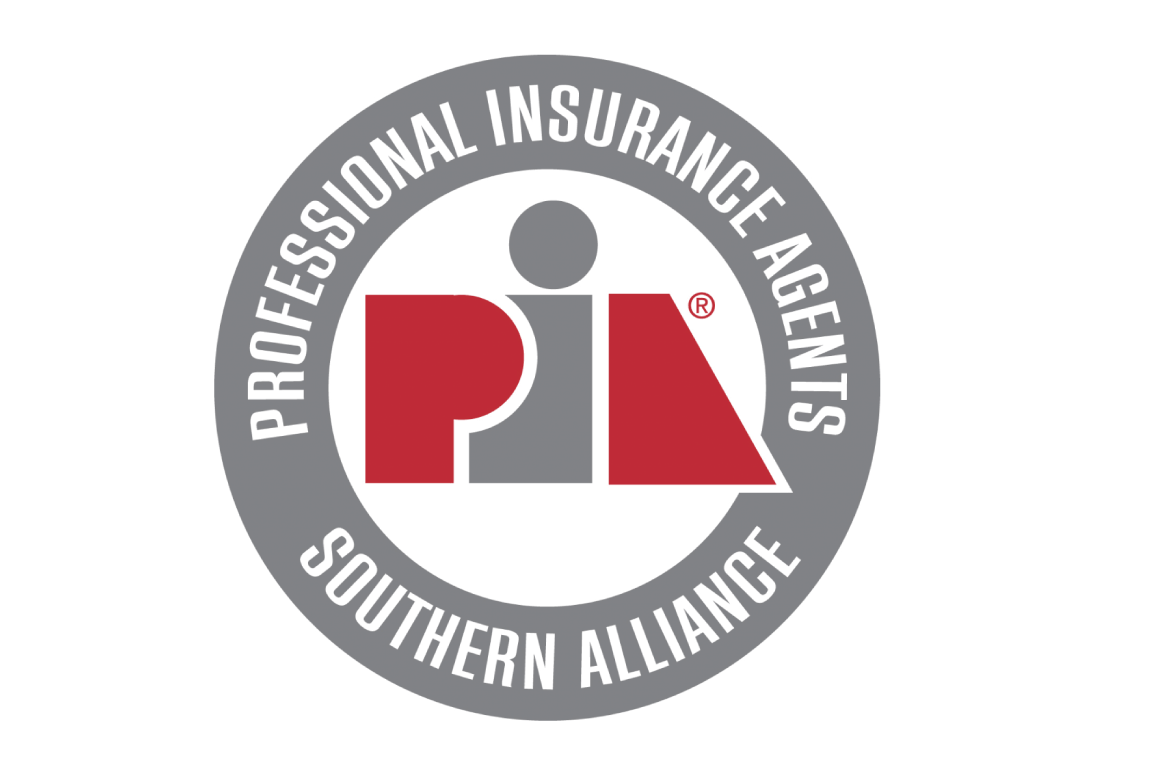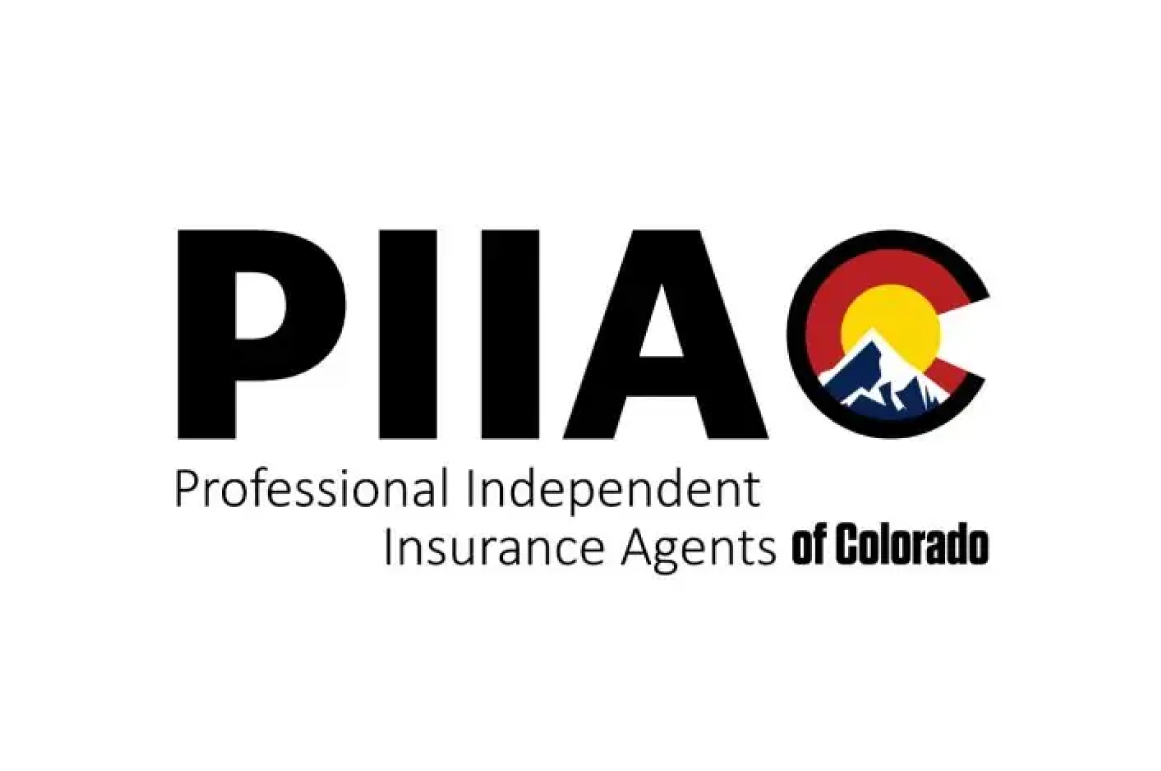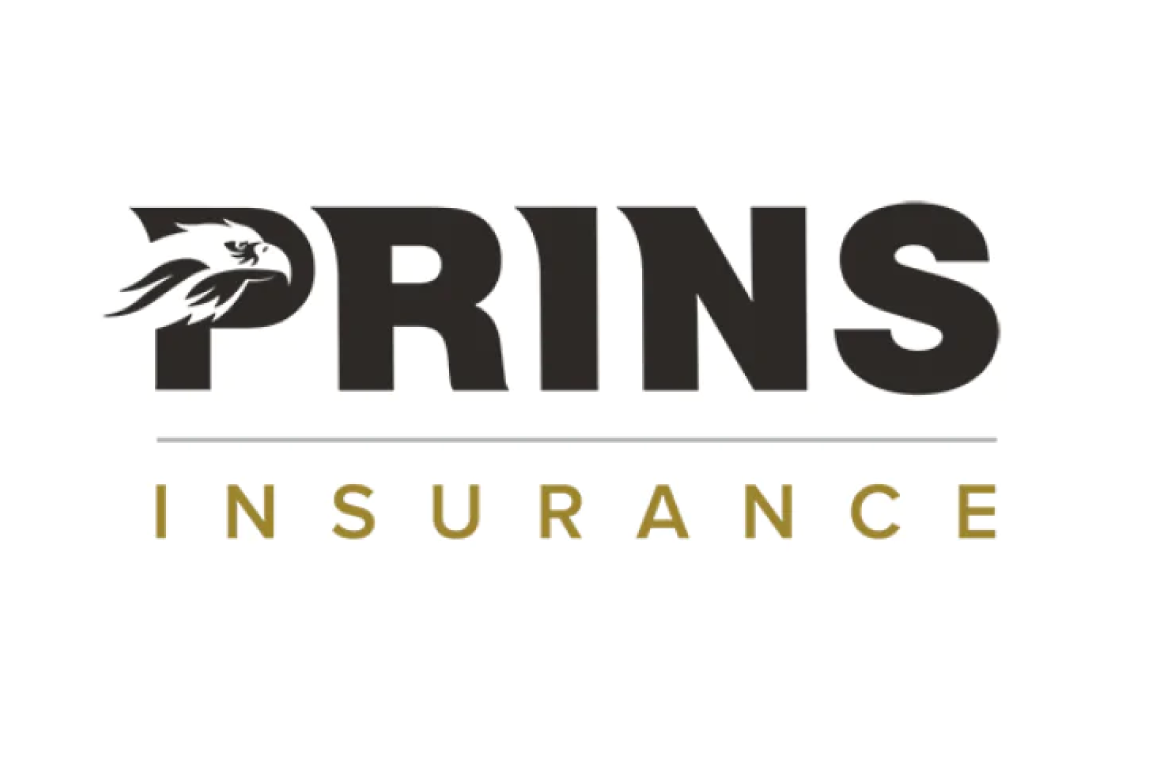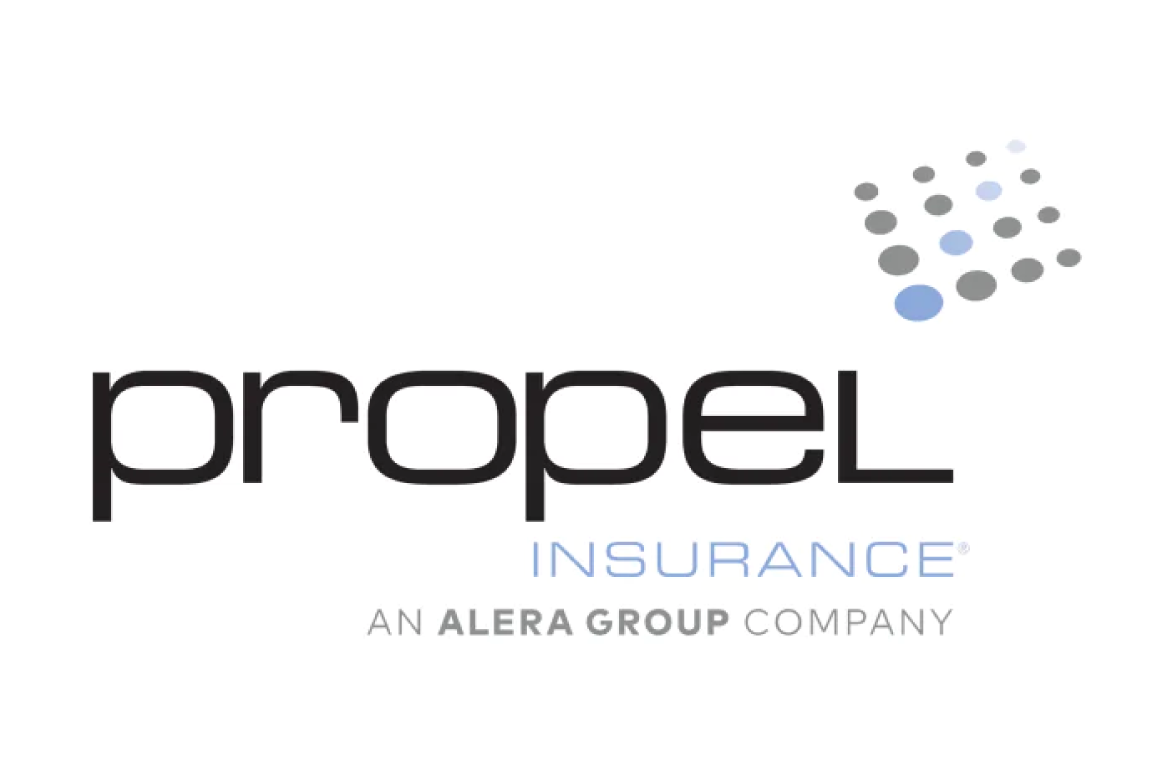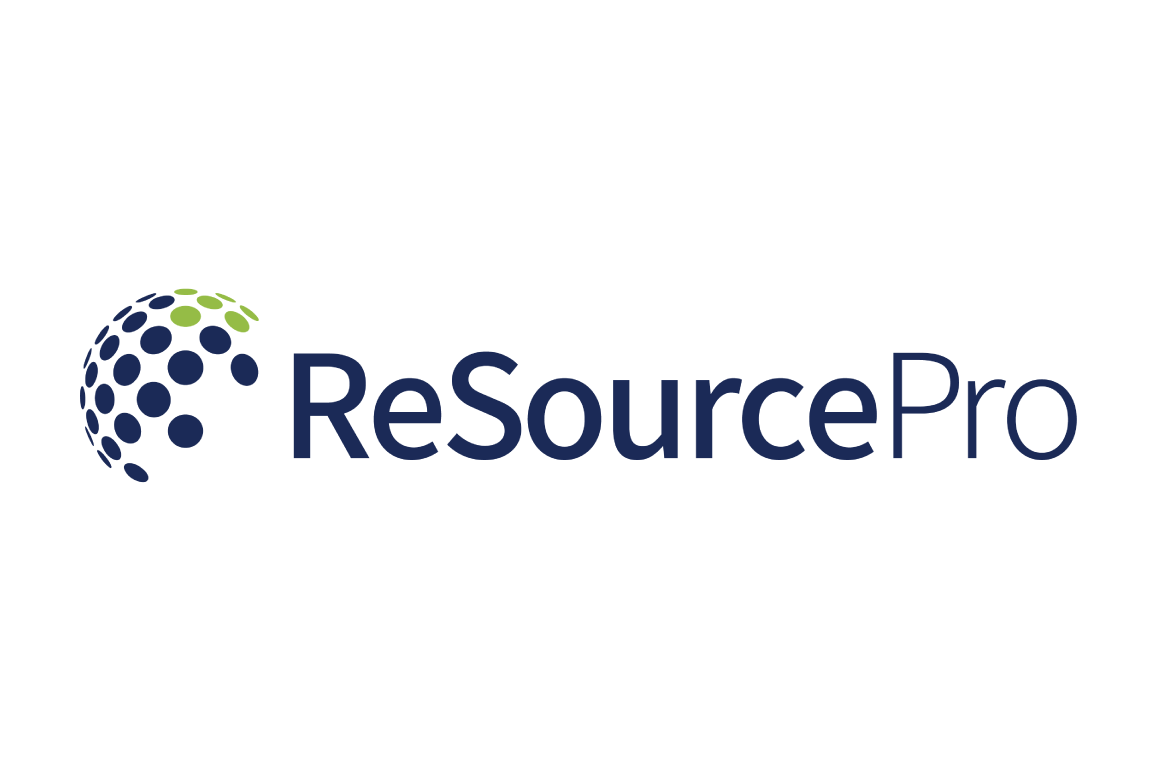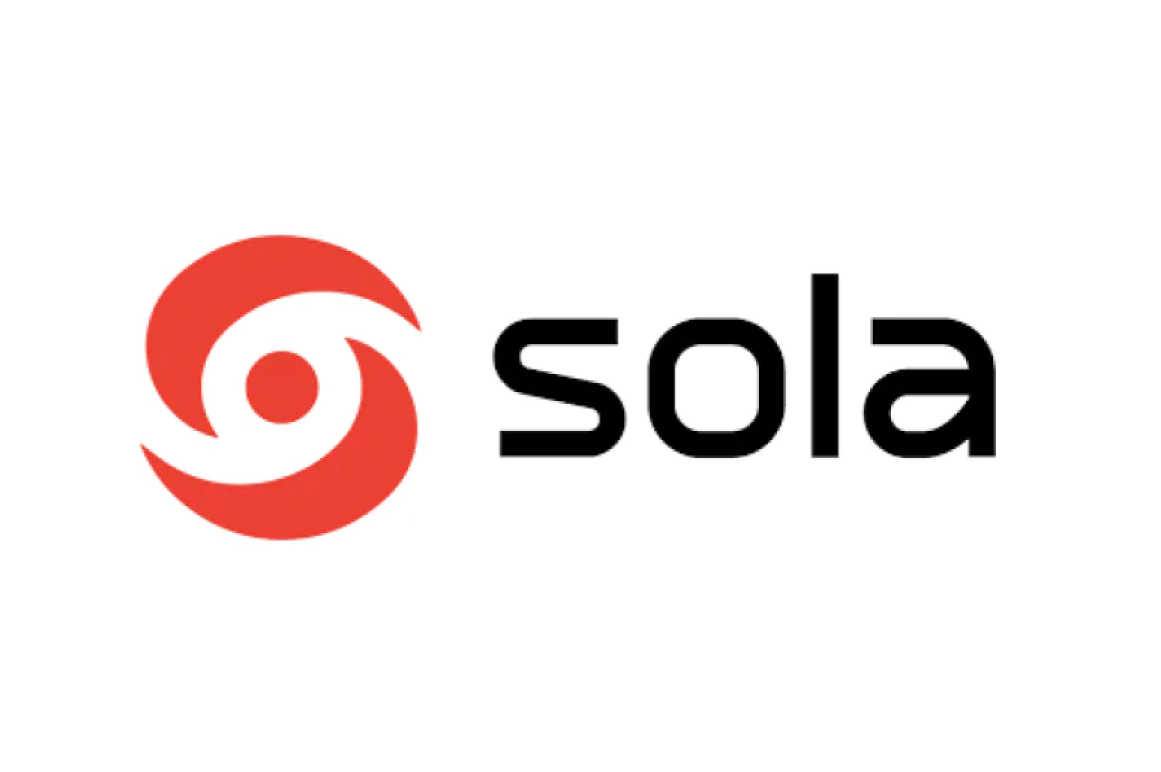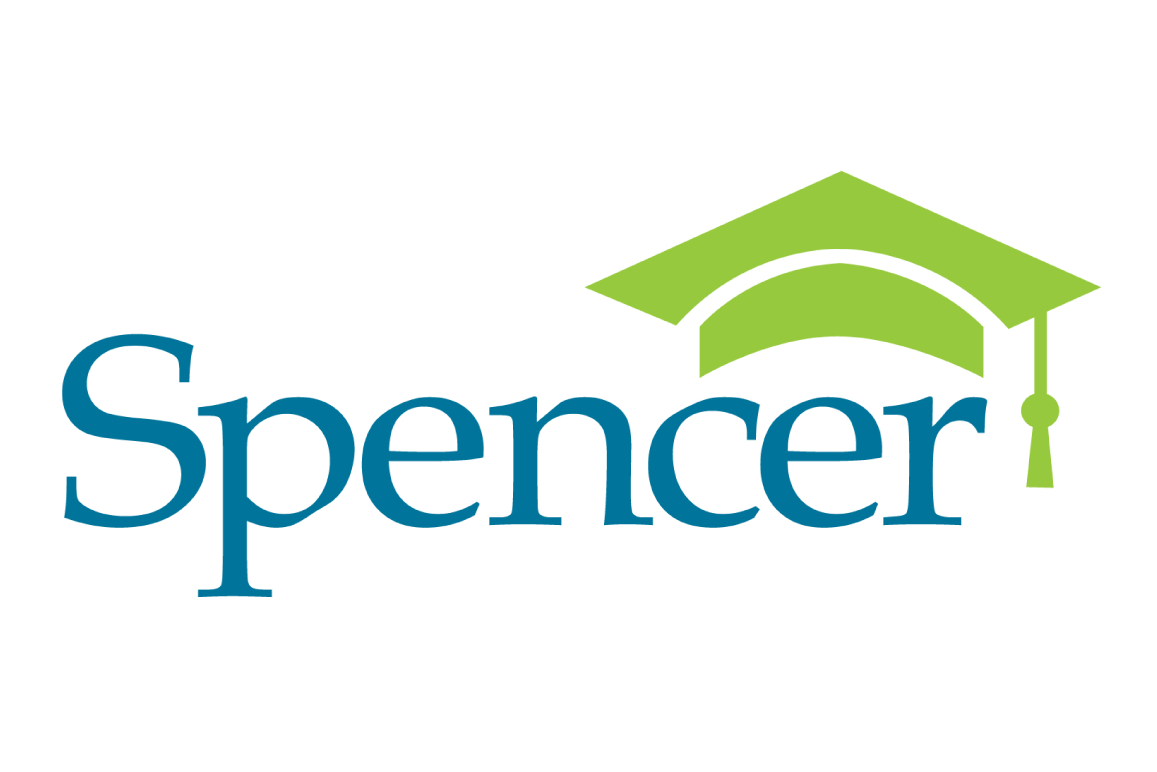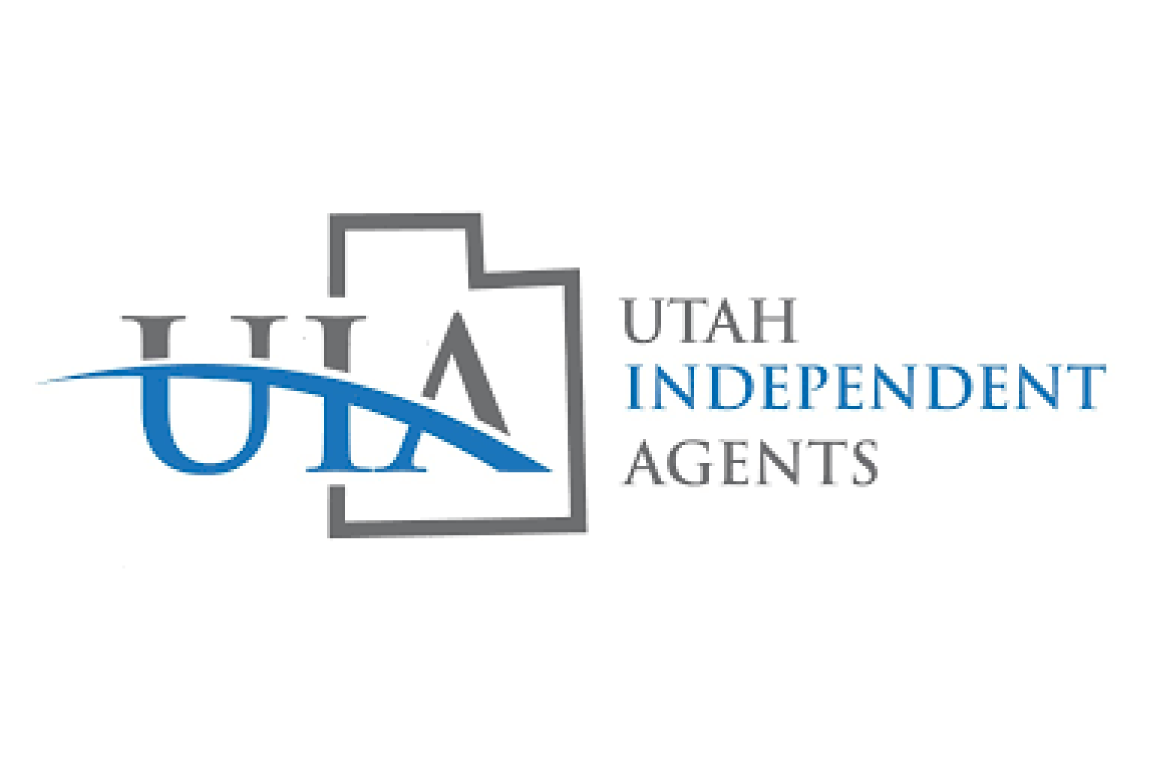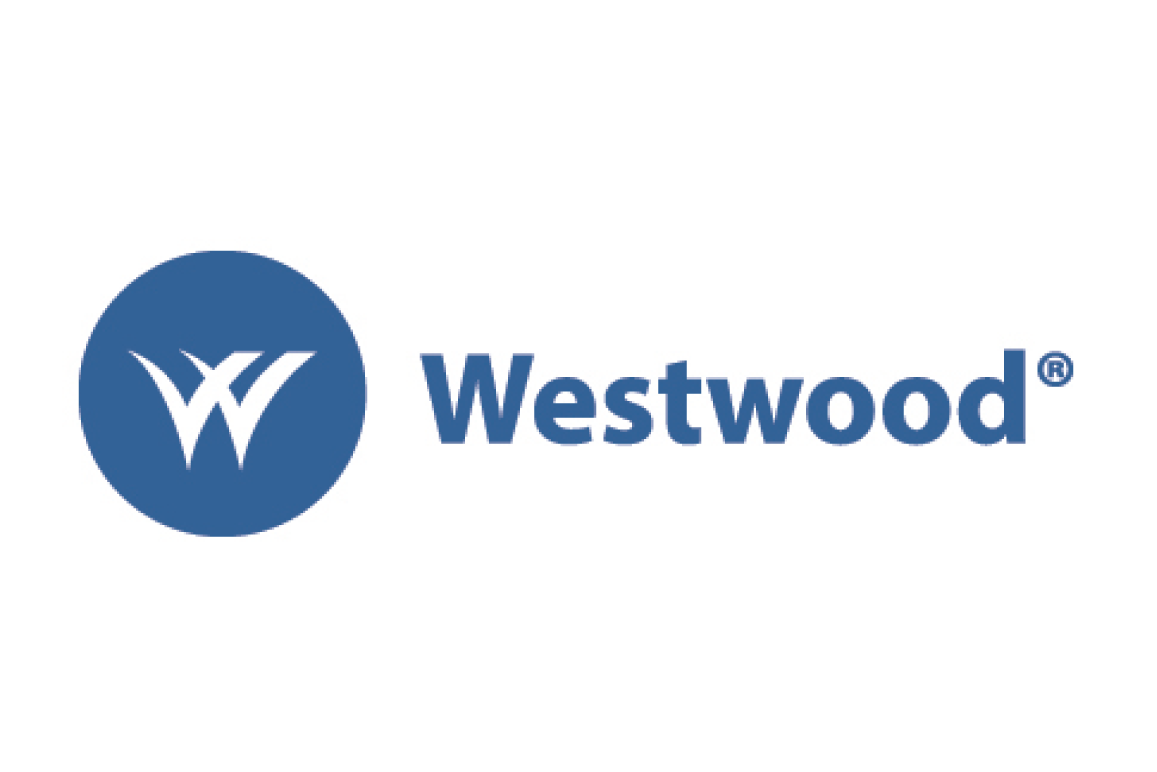By: Paul Burkett, J.D., CPCU, CIC, CRM, ARM, ALCM
Across the country, agencies and their clients are concerned about coverage under standard Business Income and Extra Expense forms for income lost due to the COVID-19 Pandemic. The situation has been widely discussed in insurance trade journals, and many opinions are currently circulating among individuals both inside and outside of the insurance community and risk management world.
In reviewing the current situation, it is best to begin with some historic reference. Pandemics and epidemics are certainly not new to us; we have experienced many in recorded human history. In relatively recent memory alone, we have had the 2009 H1N1 Pandemic, the SARS (Severe Acute Respiratory Syndrome) in 2003, the 1997 Avian Influenza (H5N1) Epidemic, and the Spanish Flu Pandemic of 1918 (caused by the H1N1 virus). Pandemics are generally thought to be world-wide and epidemics more regional in nature. The 1997 Avian Influenza inflected poultry in several regions of the world and then spread to humans. So, while the COVID-19 Pandemic is not the first encountered by humans, the economic effects have been unprecedented and have generated many questions regarding Business Income coverage.
The genesis of the economic effects was borne of the response to the COVID-19 Pandemic. Thought to have originated in Wuhan, China, there was no vaccine for COVID-19, and the normal processes employed by the medical community to treat similar pathogens were not available or effective in stemming the virus. Following China’s model, the US and other countries shut down their economies in an attempt to reduce transmission of the virus. Countries around the world closed their borders and restricted travel. Businesses were forced to close and incomes plummeted as people were told to avoid contact with others and shelter in place.
While populations were locked down in the US as well as other countries, medical professionals studied the virus and found what they suspect are different strains of this virus—different strains which may attack different parts of the human body. Some may also impact people of different ages more severely—particularly, individuals with certain medical conditions—placing them at greater risk. Governmental and medical entities have been instructing people through the media about how they should protect themselves by social distancing, staying in their homes, and wearing protective devices like face masks and shields. Medical professionals have been working, and continue to work diligently, to help those who contract the virus to recover.
Currently, we continue to have increases in the COVID-19 infection rate in many parts of the US. We can anticipate that the glut of COVID-related claims is going to continue. Many agency clients are largely concerned about what they identify as Business Interruption claims, but in actuality, these are really Business Income claims. Since 2006, the insurance industry has had virus exclusions, communicable disease exclusions, pollution exclusions, and ordinance and law exclusions that claims representatives evaluate and adjust according to the contract language.
For this reason, agency customer service associates need to become more familiar with the language of the standardized coverage forms. The definition of “virus” falls into broad categories, but that definition basically relates back to the definition of a “pollutant”— the same one used across practically every coverage form, including property. In the past, a pollutant has not referenced mold, fungus, virus, bacteria, and other microbiological life forms or materials. Therefore, we need to focus on the specific definition of pollutant: an irritant or contaminant, whether in solid, liquid, or gaseous form, including— when they can be regarded as an irritant or contaminant—smoke, vapor, soot, fumes, acids, alkalis, chemicals, and waste (as definded by IRMI.com).
In addition to reviewing the definition of a pollutant, there are two major elements agency customer service associates must consider. The first element is what the coverage form states about claims reporting, and the second is what their agency or wholesaler contract states about claims reporting. These two elements are the overlays that dictate how agency customer service associates will handle any claim—particularly those regarding viruses as reported by their clients.
Agency customer service associates must also make sure their clients are aware of what is required of them to fulfill the conditions of their insurance contracts: whether related to property, third-party casualty, workers’ compensation, or some other form of coverage, claims must be reported in a timely manner. Likewise, any line of coverage an agency customer service associate or other staff member believes may have triggered coverage for COVID-19 related events must also, like any other claim, be reported in a timely manner.
Because agency customer service associates often form trusted business relationships with their clients, it is significantly important those associates not render a judgement or opinion as to the existence of coverage when taking claims reports. This action will help avoid legal action against the agency. The only coverage judgement or opinion with any authority is that of the insurance company’s.
Agencies understand that the contract of insurance is between their client and the insurance company. The insurance agency and its staff are not a party to the contract and have no duty to investigate claims. On the other hand, insurance companies are required to do adequate investigations to determine whether or not coverage will be provided. It is likely that insurance companies will continue to deny claims, stating a pollution exclusion, virus exclusion, an exclusion for ordinance or law, or an exclusion for pandemic. While agency customer service associates need to become more familiar with the language of the standardized coverage forms, they are not responsible for the contract language.
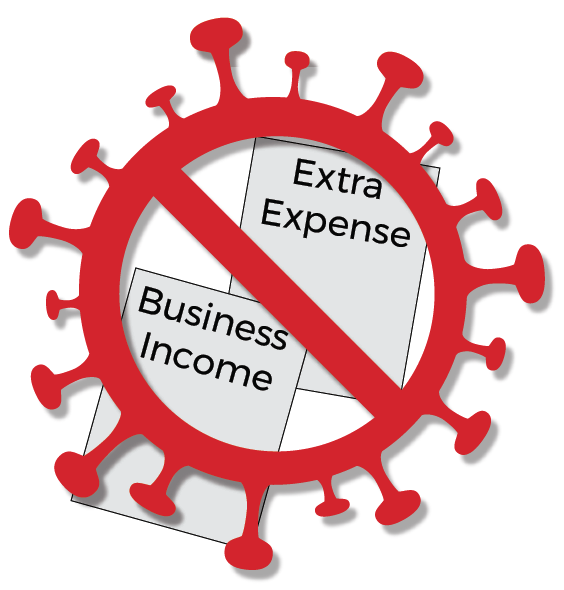
There is a distinct difference between a Business Income claim and a Business Interruption claim that agency customer service associates and their agencies need to consider. From the point of view of the agency client, everything that interrupts their business is Business Interruption, even though the standardized coverage forms clearly identify conditions that fall under Business Income or Time Element. Business Interruption applies broader coverage, but Business Income applies a set of definitions and specific methodology for calculation. Agencies and their clients can anticipate coverage arguments to continue for years revolving around several coverage areas, such as contract language ambiguity and reasonable expectation of coverage, to name only two. Since 2006, there has been a virus exclusion, but obviously there is no way to know if every coverage form has the exclusion. Undoubtedly, there will also be arguments under the Causes of Loss form for Concurrent Causation, as well as governmental action under Civil Authority, and other arguments under Civil Commotion.
To complicate matters, there are regulator issues to be examined. The National Association of Insurance Commissioners (NAIC) and state insurance commissioners, as well as regulators, have all issued statements. A key pandemic concern of insurance commissioners is insurance company solvency. In addition, they are concerned about legitimate claims outside of the COVID-19 Pandemic being set aside, while the majority of adjusting resources are consumed by pandemic claims.
Conversely, there are some state legislators who want to pass legislation which would require Business Income coverage to apply retroactively, no matter what the exclusions, limitations, and conditions of the insurance contract clearly state. What they are trying to accomplish boils down to a circumvention of Article 1 of the United States Constitution, which states that the right to construct private contracts exists, and that there cannot be legislation to interfere with that right. Indeed, this has added additional complexity to the adjustment of Business Income claims. Bear in mind, however, these are standardized coverage forms which typically speak for themselves and will likely be interpreted that way by both the insurance companies and the courts. In the end, the claims representatives will pay claims that are legitimately covered and deny claims that are not.
As agency customer service associates look to the future to put insurance coverages in place, they should work with their clients to help them understand the standardized Business Income coverage forms being presented by the insurance company. First, all insurance contracts have what is called a “condition precedent,” which means that certain elements must be in place to provide coverage. One main requirement for Business Income coverage to apply is that you must have a direct physical loss. This depends on the phrasing and the historical precedent of what is a direct physical loss. There must be demonstrable physical alteration to the property. The fear of loss due to potential contamination is not sufficient; covered damage to property is the key to coverage under Business Income, and there must be a covered cause of loss without an exclusion. Physical damage to tangible property also triggers the limited time-period coverage provided under the additional coverage—Civil Authority—for most standardized coverage forms.
It is likely that in coming months or years, the federal government will take action to create a pandemic endorsement to act as a backstop for businesses. Customer service associates and their agencies must understand that a reasonable expectation of coverage typically is not sufficient. Misconceptions can revolve around the names of coverage: Business Interruption versus Business Income with Extra Expense. In the future, insurance companies may offer limited pandemic coverage or modified civil authority coverage—both of which must be carefully reviewed. The pollution exclusion definition may undergo further modification, with the addition of fungi, mold, bacteria, viruses, and/or microbial matter, to clarify that coverage does not apply.
Clearly, the human population of the world will continue to have epidemics and pandemics; we are susceptible to such viruses. Going forward, agencies and their customer service associates will need to continue to identify not only potential virus exposures, but also help their clients plan for the future. As with many areas of insurance, customer service associates and their agencies must make sure their clients have a complete understanding of the risk transfer initiatives they put in place. Where contracts of insurance are concerned, wishing or assuming an exposure to be covered when the insurance contract language clearly states that it is not covered, does not work. Our world is always changing, but some things, like viruses, have been with us since the beginning of time, and will continue to be with us.

About the Author: Paul W. Burkett, J.D., CPCU, CIC, CRM, ARM, ALCM
Paul Burkett is the President and CEO of Snoaspen Insurance Group, Inc., which specializes in risk management consulting, insurance teaching, and expert witness services for insurance bad faith and agents’ E&O cases. Paul began his career as a Loss Control Representative for SAFECO Insurance Company after serving as an Officer in the United States Air Force. Paul is a National Faculty member for The National Alliance and a former Board of Governors member for the Society of Certified Insurance Counselors.

